The art of motorcycle economics and how to do ride (almost) for free
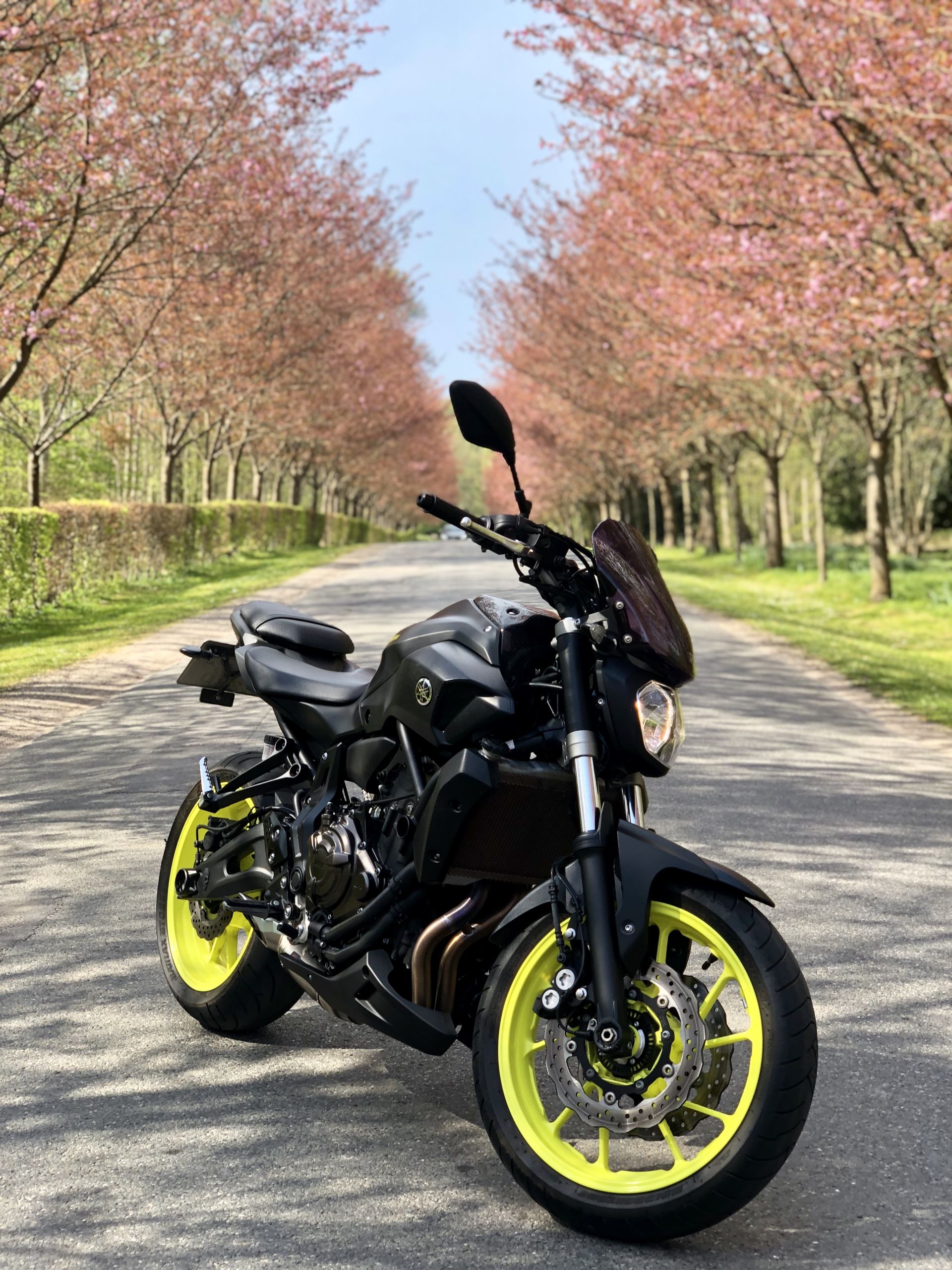
Zarko's Yamaha MT-07 from 2016.
Unlike love, most things in life don’t come for free. So, as much as love is definitely involved, this motorcycle hobby of mine will never be completely free. But by using my own set of strategies, which I learned through trial and error, I have come pretty much close to free these days.
These strategies and personal experiences are what I want to share with you, because if you weren’t already aware of them, they might save you a ton of money, and perhaps illustrate that this amazing hobby can be enjoyed for very little money. I will back all of this up with concrete figures.
This is a longer post than usual, but if you give me 15 minutes of your time, I will give you a lesson that took me years to learn.
We will start with what is a study in what NOT to do. Later, I will give you my method of how to do it properly in five concrete steps. Or you can just skip to that part… You still here? Okay, let us begin!
The first bike I ever bought and still own, a GS750 from 1979’, cost me a mere DKK 13,000. I negotiated what I thought was a good deal from the original asking price of DKK 17,500 and was feeling quite proud of myself. It was a good-looking bike (still is if you ask me). It appeared to have a few niggles and it wore its past on its sleeves in the form of charming patina but was generally solid.
I thought, “What a bargain! There are bicycles out there that cost more than this.”
However, tonight, as preparation for write this blog, with the help of Excel and a fine glass of red wine, I made a spreadsheet with all the expenses, repairs, and general running costs I’ve had in my so far four and a half years of ownership. And it was grueling. Even the wine did not help the pain.
I had no idea it was such a money pit. I had never stopped to think how much I was spending on keeping it running. I guess love really is blind. This is like discovering that your first love, the “love of your life”, is in fact just interested in your bank account. Or is a former exotic dancer. Now that I think of it, the latter might not be the worst thing. Anyway, I digress.

The point is that this, initially very cheap bike, has cost me DKK 19,859 in running costs over the last 4.5 years, on top of the original purchase price. The cost of DKK 19,859 consists of the following:
– DKK 3,195 in road tax
– DKK 4,725 in insurance
– DKK 3,374 in petrol
– DKK 5,215 in repairs and maintenance
– DKK 3,350 in cosmetic changes/repairs, such as new sidemirrors, chrome parts, open pod air filters, different paint etc., to “make it my own”.
These numbers are not 100% accurate, since I do not keep receipts from every petrol station visit, every bill and every random little purchase. I’d have had to be way more boring than I already am to practice such activity. Or an accountant. But they are at least 98% accurate, and I’ve been quite conservative with the costs (to make me sleep better). So, they can only be higher.
To make matters worse, it’s been broken or at least “not quite right” for extended periods where it has enjoyed my warm garage and not seen much exercise, resulting in me driving it an almost tragically low 4,295 km, since buying it 4 years ago. This gives me a DKK per kilometer price of DKK 4.6. To give you a perspective on this, a brand-new 2020 BMW 118i M-pack Sport Aut, leased over a period of 3 years, including all the running costs (petrol, insurance, road tax etc.), will cost you roughly DKK 4.4.
Or if we stick to the bike world, DKK 4.6 per km gets you on almost any latest and greatest, drop-dead gorgeous and very capable superbike! The newest electronics, safety features, brutal power in spades, and a design to kill for. The crème de la crème. Even though I deeply care for it, a 40-year-old GS750 with a questionable past and future should not mix in this elite group of the motorcycle world.
Do you now comprehend how expensive this “cheap” bike actually is? I know I didn’t. Well at least until about an hour ago.
And yes, if I had driven it more, the price per kilometer would obviously drop some. If I had done some of the repairs myself (which I learned to do eventually after a mechanic failed to fix an issue and charged me an obscene amount in the process). If I had not spent so much on silly cosmetic purchases. If I sold it tomorrow, I should be able to sell it for more than I paid, and that would lower the overall cost of ownership.
Though all valid arguments, those are all “ifs” and I can only report the numbers as they are today.
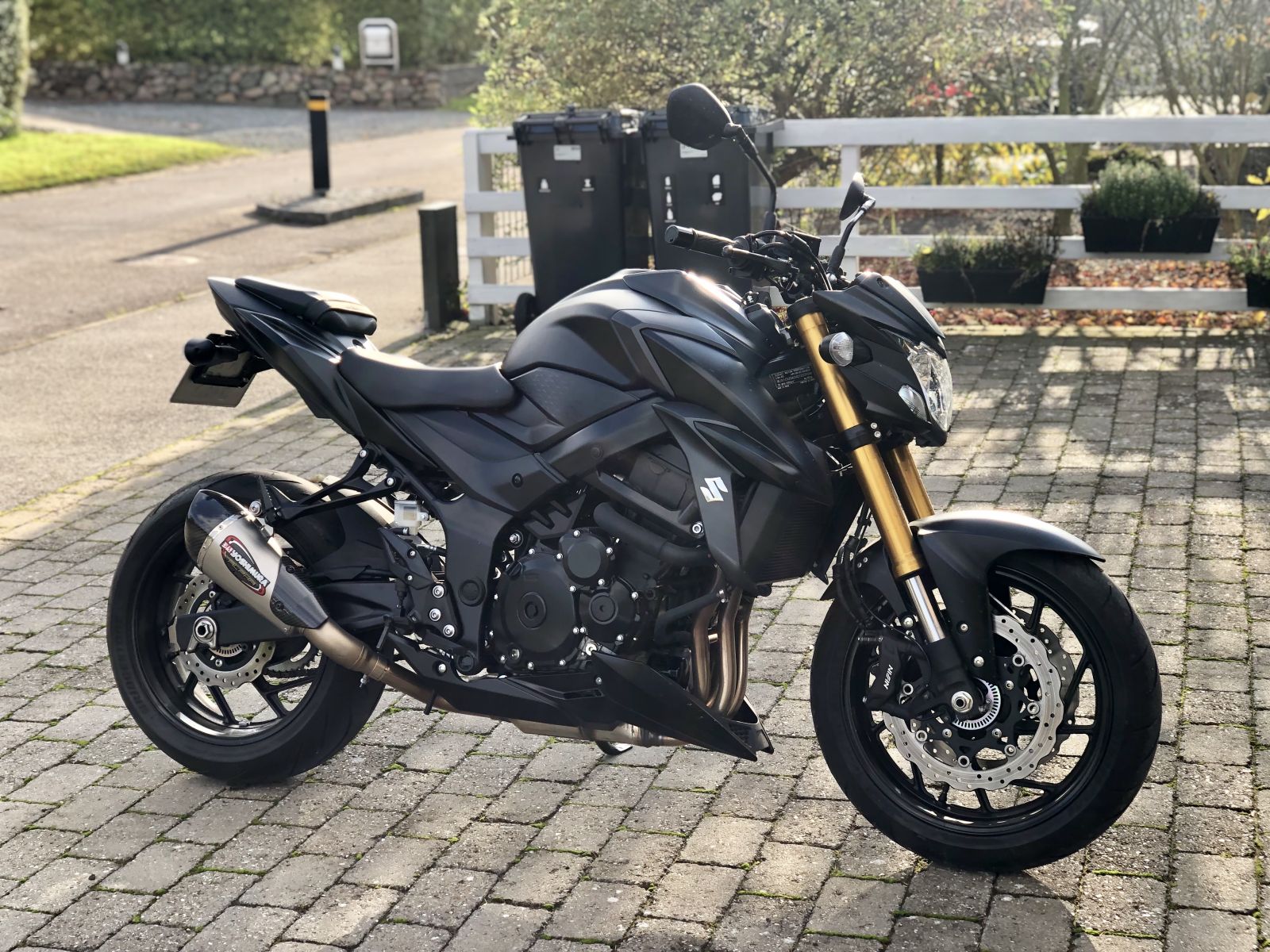
There is a saying in the automotive world, that “you know how much your car costs, the day you sell it”. This, of course, also applies to motorcycles. It is not the initial purchase price that tells you whether you can afford it, but rather the resale price plus running costs. This sort of thinking, albeit very banal and almost obvious, is often overlooked by most people. Including myself initially.
Here you had an example of focusing too much on the purchase price being dirt cheap, scrapping the last of your student grant, and rushing to go buy the first bike only to realize much later the scale of work, money, and time it needed making anywhere near roadworthy. And how in retrospect it ended up being quite a poor decision, at least financially.
A bike is not just a bike. It’s a liability, and never an asset. A price is not just a price – it’s what follows with it. Something (initially) more expensive can turn out to be cheaper (in the end), as counterintuitive as this may sound.
Understanding this, and crunching the numbers in advance, means that you can use it to your advantage and enjoy this hobby almost for free.
So, let’s move forward to the good part. Where the grass is green, the girls are pretty, and the bike purchases are smart.
In 2019 alone, I bought and sold motorcycles for over DKK 300,000. In all those transactions, I came out either breaking even, or in one very good case, made a profit.
So, as you can see, I’ve come a long way since buying that first bike and having the worst case of financial reporting since the country of Greece.
It’s worth noting that this is just how I go about it, and I understand that some people would say “let hobbies be hobbies and don’t put price on passion”. I do understand and even respect that kind of nonchalant view. I enjoy spending time with people like that. But to those same people I say, of course you can put on a price on it, it’s right there in plain view. It’s very easy, and you should. Because then you stay within your means, and you can keep enjoying this hobby of yours, whatever it might be, for many more years. Your banker/wifey will approve.
This goes along with the Latin phrase of “Clara pacta, boni amici”, which roughly translated means “buy all the motorcycles in the world”. No, it doesn’t, I made that up. It means “clear terms, long love”. While it is usually used in the world of business and law, I certainly can see how it applies to hobbies.
So, like the AA’s “12 steps”, this is my step-by-step guide to ultimate redemption.

1. SAVE UP MONEY
This step is the simplest and yet I bet this is where most fail. But in order to be good at this game, you need to have cash at hand, ready to go. Because if you do find a good deal, usually you must be quick. Calling sellers and letting them wait for 10 days while your loan gets approved or the time it takes to sell your kidney on the Asian market, will most likely lose you the deal. In business terms, you need to be “liquid”.
In my experience, most sellers will take a guaranteed DKK 50,000 from me here and now, with cash in hand, rather than wait for you to give them a “maybe” sum of DKK 53,000 next week because they are not sure if you will follow through. This is basic human psychology and will apply in most cases.
You need to save up between DKK 50,000–100,000 that you can put aside exclusively for this.
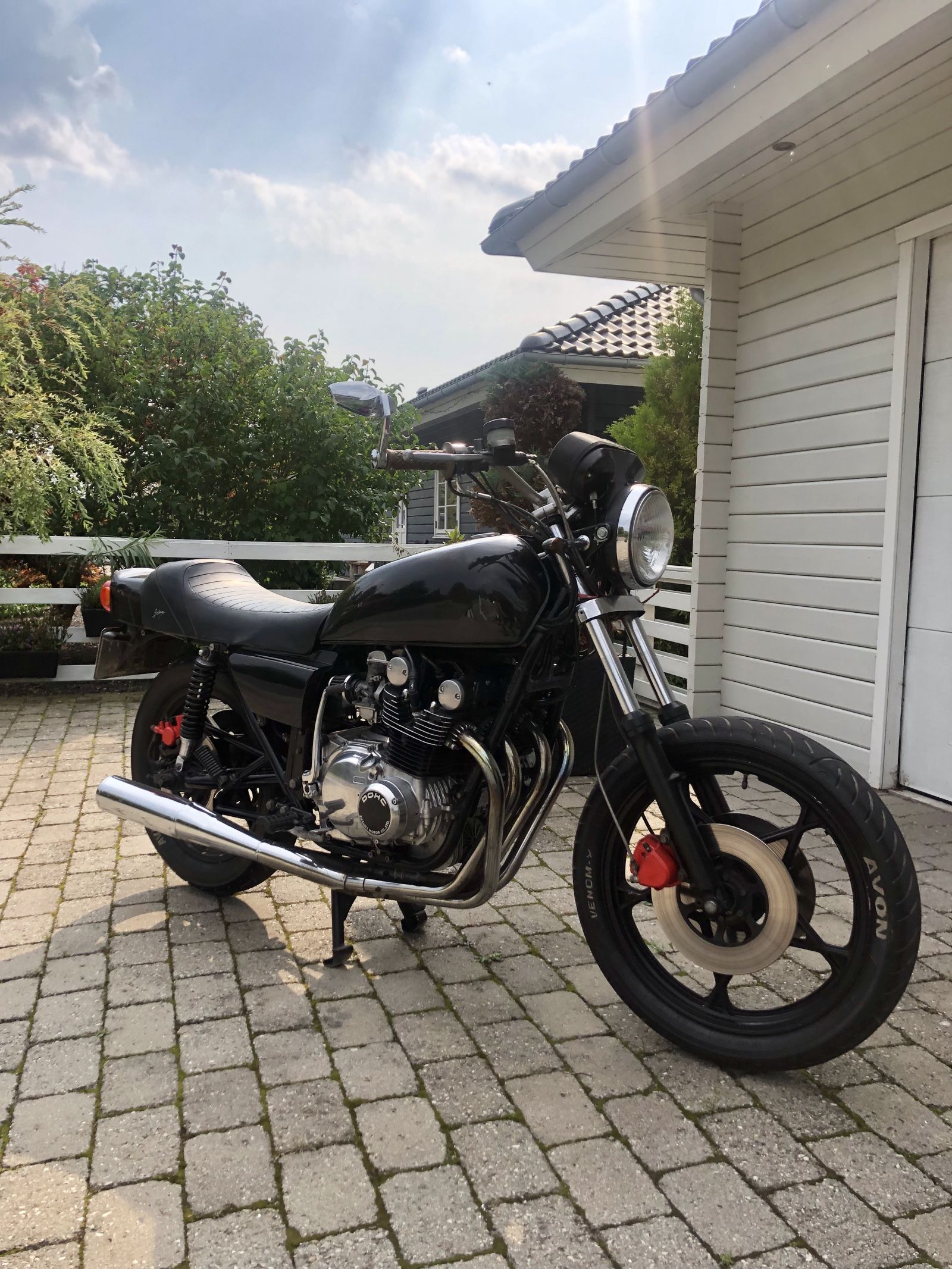
2.PICK THE RIGHT BUDGET BRACKET
Why exactly DKK 50,000–100,000? From my personal experience of trading bikes, and following friends’ purchases and the general market, I can tell you that this range is the safest to operate in. At least this is the case in Denmark. It’s probably different in Monaco or Mumbai.
And it is like that for this simple reason. If you were to buy a bike for let’s say DKK 20,000, you will most likely end up with the same issues as yours truly in the beforementioned case. It will have done a few roundtrips of the world in mileage terms and have had 10 different dudes as owners who would just pass it on to the next unlucky bloke when an imminent issue arose. There is, of course, an exception to every rule, but I wouldn’t bet my money on finding that one exception.
And on the other hand, I’ve seen bikes for sale with an asking price north of DKK 100,000, but what appear to be very good deals just sit there for weeks and weeks. While it can be the perfect bike, one-owner, with low mileage, all the extra bells and whistles, and a good price for what it is, the simple truth is that most people don’t have DKK 150,000 or 200,000+ laying around to blow on a bike (if you do, shoot me an email, I want to pitch you a few business ideas. Or perhaps marry you).
So, bikes in that range are very hard to sell. The pool of potential buyers is depleted. Of course, this can work really well for you as a buyer initially to get a good deal, but that same issue will haunt you when you try to sell it again.
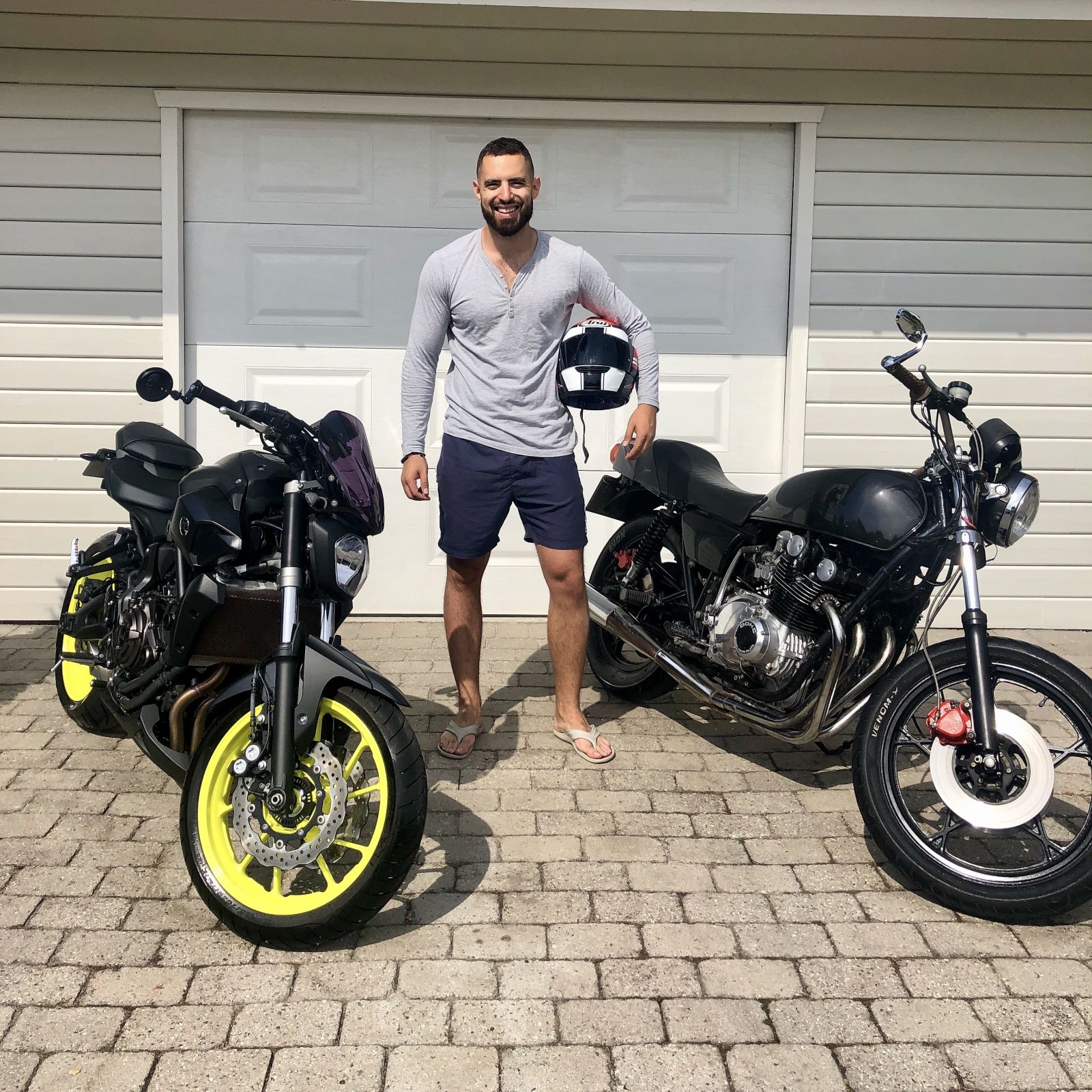
3. FIND THE RIGHT BIKE
Naturally, this is very subjective, and I will leave you to it. Some are into cruisers, others like supersports, adventures, café racers, motards, nakeds … There is not one category to rule them all, but there is the right category for you at the given time. But as you embark on your journey through life, your preference will change too.
You might start with a superbike and eventually, after having scared yourself half to death one time too many, you’ll sell it and buy a cruiser. You’ll paddle along on it for a couple of years, convincing yourself that this was “you all along”.
But eventually the lies will catch up with you and the longing for the intoxicating power you once had under your wrist in your former relationship … Uhm, I mean bike, will be hard to ignore.
So, you’ll compromise and buy a “naked” (a bike with almost superbike power without all the fairing, and a more relaxed sitting position). Eventually you’ll have fallen so deep into this hobby that normal vacations will not excite you anymore.
You will be itching to leave on your July road trip to Norway. Or the Alps. And you’ll want something with good wind protection and creature comforts (cruise control and heated grips are as nice as hugging your favorite person, for those long highway runs). Something like a BMW GS1250. Which is the only bike I will be willing to break my own ruleset for, take a loss on, and not care less.
But here is the takeaway! Before you find your “true love”, it is important that you stick to this rule and move through the categories without much or any loss. Once you do find something that just completes you, then and first then, you can double down and get the one you will keep for years and years.
And it will be a beautiful time.
But until then, go test ride as many different bikes as possible, and see which ticks most of your boxes. Just like dating.
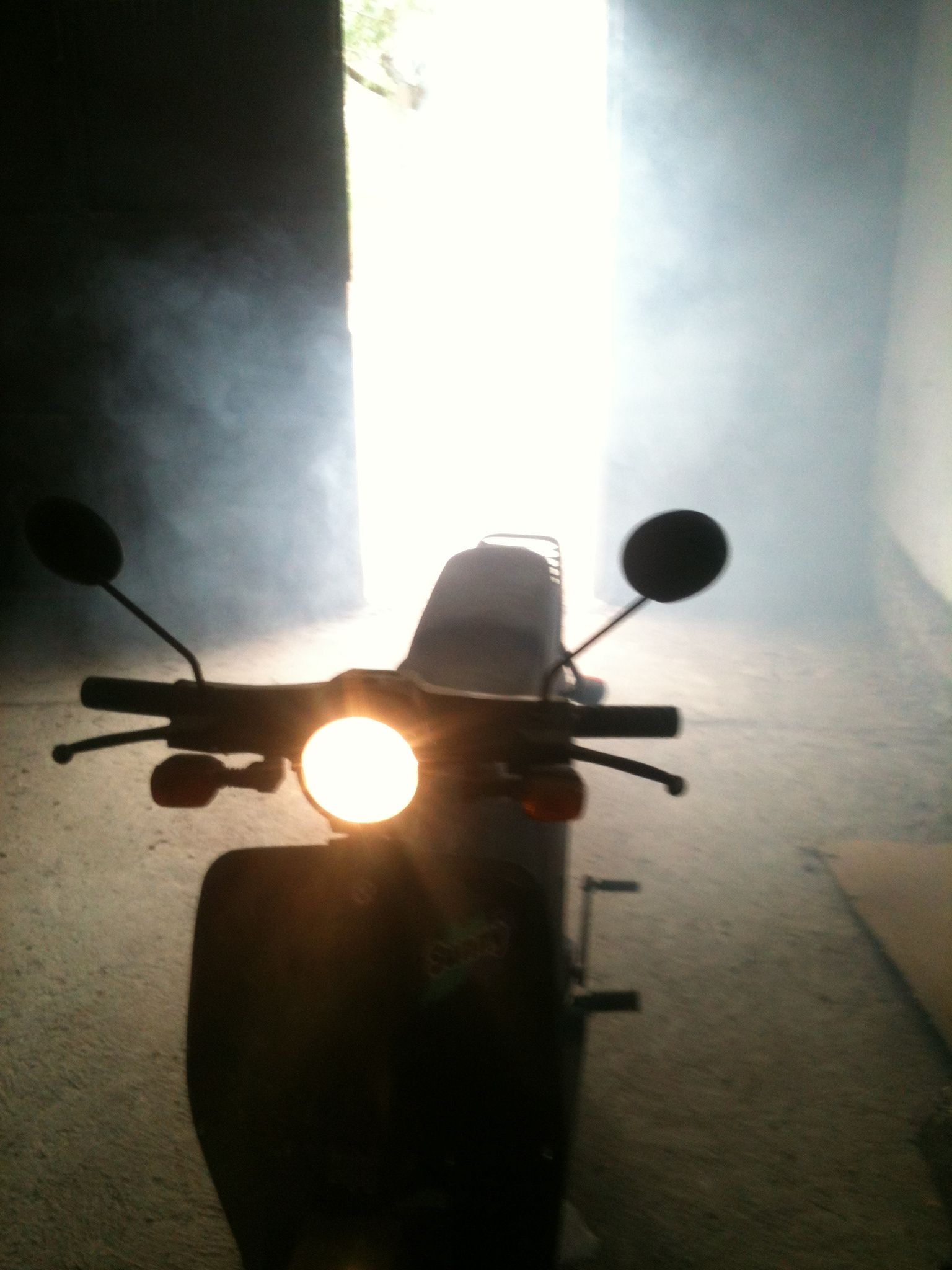
4. FOLLOW THE MARKET
Once you have narrowed down the type of bike you want, you should find the exact make and model you want. Be aware of your budget, what they usually sell for, what kind of specs you are looking for and then start digging. The main idea here is, you won’t be able to know what a good deal is (and when to make an offer) unless you have followed the market.
The internet is your friend. Facebook groups are also great. This is how I found two very good deals for my last two bikes. In the “Yamaha MT owners club” group.
This is your chance to get a good deal for yourself as you’ll get to know the users in there, chat/comment/like and follow their journey and once you see their “I am thinking about selling it, do you guys know what price I should advertise it for?” question, this is when you strike. Before they post it online and expose it to DKK 50,000+ people. You’ll have too much competition by then.
This is exactly what I did a couple of years ago for my Yamaha MT-07. The bike had only done 850 km when I picked it up, and I got it for DKK 63,500, while the same models with more miles and less extras installed were trading for DKK 70–75,000 DKK online.
This means that I had it for almost two years, had a great time on it for thousands of kilometers, did track days, and eventually sold it for a little profit for DKK 66,000 in the same group. Selling your bike in a (fanatic’s) group like that is also great for you as a seller – because you know people are already fans of it and will most likely pay a premium over the average buyer.
I then found its big brother advertised for sale in the same group, the Yamaha MT-09, also for way below the market value. I bought it for DKK 81,000, rode it for more than 6,000 km doing a trip around Europe, laps on the Nürburgring, had a ton of fun, and sold it again for exactly DKK 81,000.
My latest purchase is a GSX-S 750, with only 1700 km on the clock, and more than DKK 30,000 off the original price. I expect to break even here too or maybe do even better than that. The wheel keeps on rolling.

5. KNOW WHEN TO SELL
This is basically once more, “follow the market”. While step 4 was about knowing what you are looking for, and systematically narrowing down a good deal to know when to strike and buy it, step 5 is the last part, and is at least as important as the rest.
In short, you must stay on the ball when it comes to the price development of your bike. If you feel like the prices are staying the same, good for you, you can keep it for longer.
This was the case for my MT-07 and I could have kept it for longer. Looking back, I sort of wish I had. But as in the case of the MT-09, Yamaha facelifted the model and brought the new freshly designed bike to market at a very competitive price, which was starting to devalue the used bikes. I saw that I had a small window to sell the bike for a good price. So, in August of 2019 I did, having only owned it for some 4-5 months.
Had I waited to sell it until this year, it would have been out of warranty by now, another year older, and that much harder to sell. I estimate I would have taken a loss of DKK 12,000 or more accounting for depreciation, servicing cost, new tires and insurance. Of course, still not a great loss, but why lose when you can break even. Last remark, on the ownership itself. Try not to spend too much money customizing it.
Buying all this extra equipment for it, like a mother spoiling her newborn, will be a sure loss. It is easier to break out of a friendzone than get your money back on it. And in fact, it makes the bike harder to sell. This piece of fairing you bought for it, that you think is “dope”, might not appeal to everyone’s taste.
If you do anyway (I understand, I did it too), then at least do yourself a favor and try selling the extras as parts on their own before putting the bike up for sale.

That’s it. Those are my 5 steps. I cannot stress this enough. This is only my practical experience and my method of madness – how I justify spending so much on bikes while still a student. If you are in a luckier, more stable (read: employed) position, you can make your own rules, afford to think less about all this and take the losses on the chin. However, I believe I’ll continue to use this method regardless of my income in the future.
However you go about it, this hobby is great, and buying a bike automatically makes you a part of one of the biggest and greatest families on this planet. A point I will demonstrate by leaving you with this anecdote.
I broke down once with the old bike, multiple cars passed me, none cared to stop. But in the space of the half an hour I was stuck on the side of the road, all four bikers who saw me, stopped and tried push starting it and diagnosing the issue. The last one, an elderly gentlemen, found the culprit – my dumbass had just run out of petrol and then run out of electricity too while frantically trying to fire it into life.
So, I went knocking on the nearest house, and this lovely lady opened the door. I told her my story and she called her husband over the phone – who, as it happens, was a biker himself. He instructed her to give me petrol from a canister in the garage.
When I wanted to give her money, she smilingly insisted “My husband insisted it was free, he also rides, and I really cannot take your money. Pay it forward someday”.
I then brought the man a six pack of cold beer some days later, on a Sunday, and we shared a good talk and a cold one in the shade. I never asked what he did for a living or who he was. Neither did he. But I did learn about how he feels about the new electric bikes and how he met his wife on a bike back in 72’.
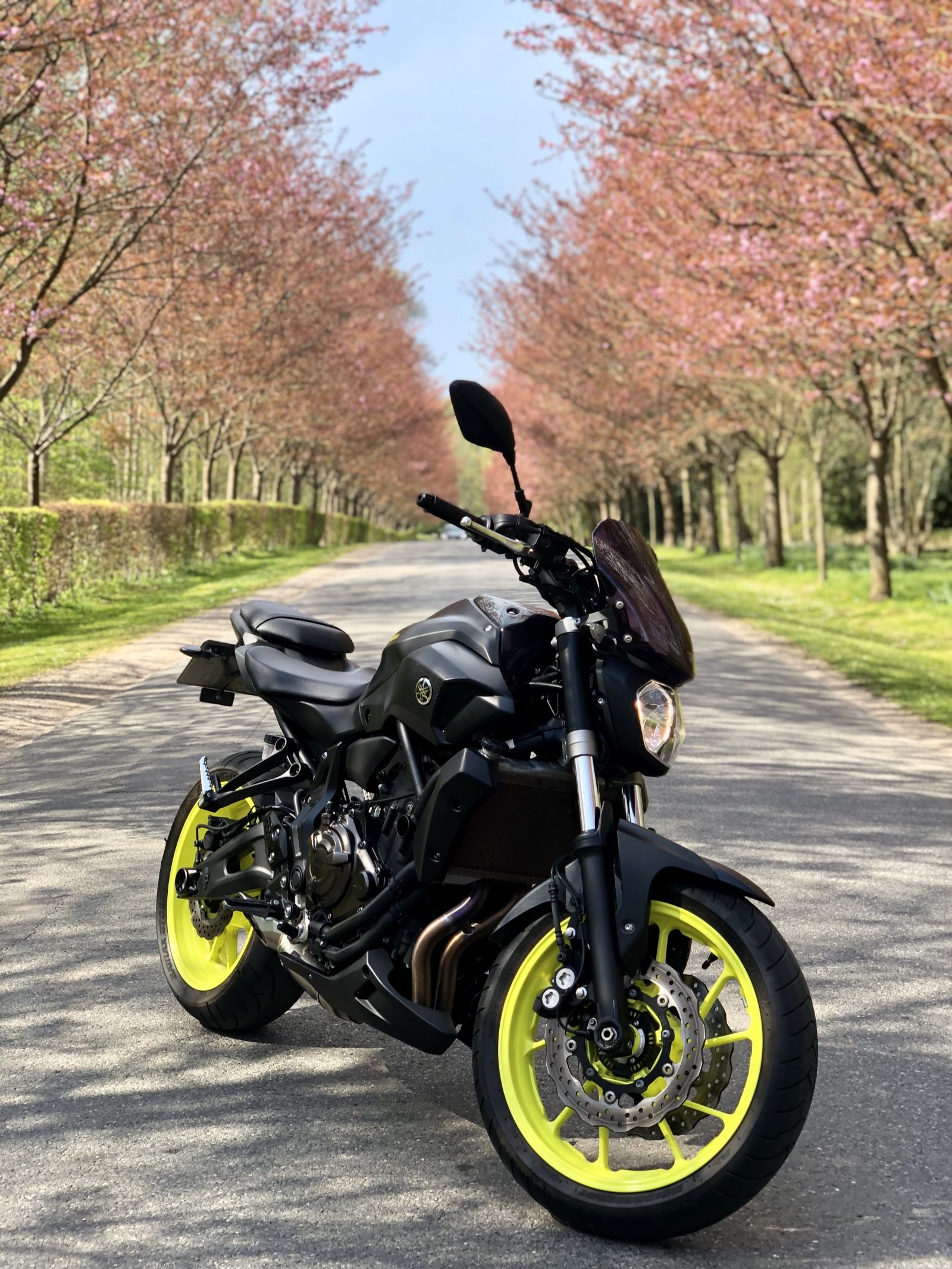




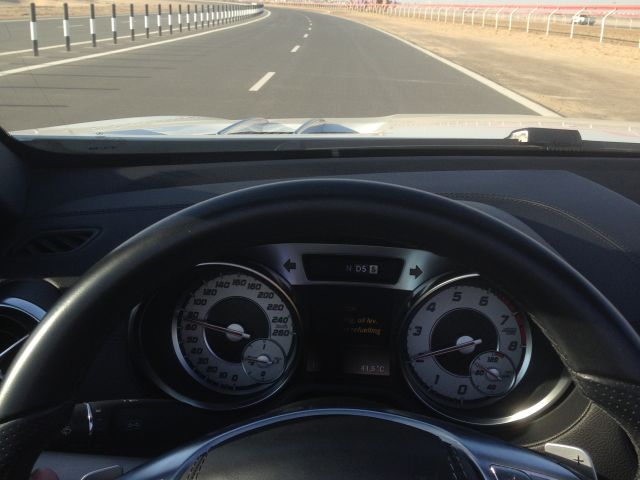
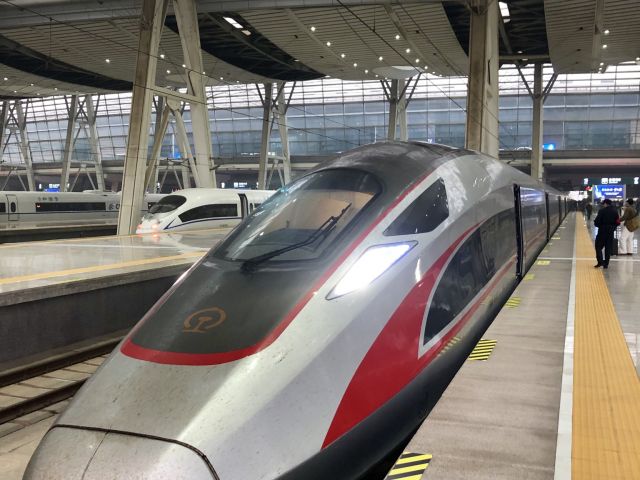

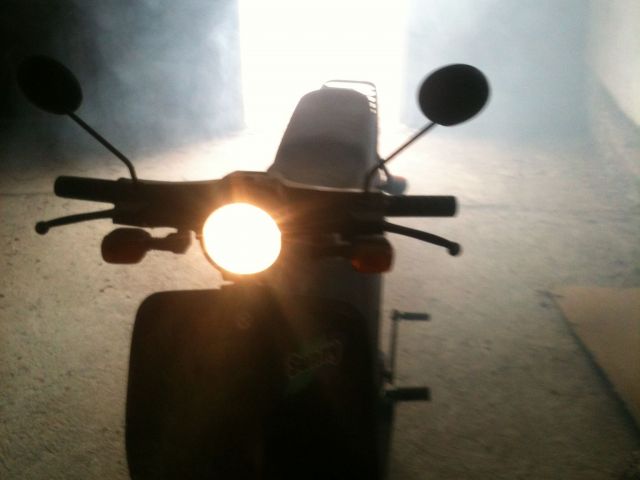
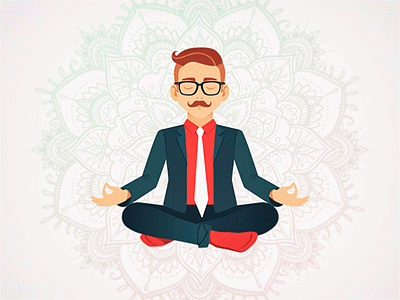

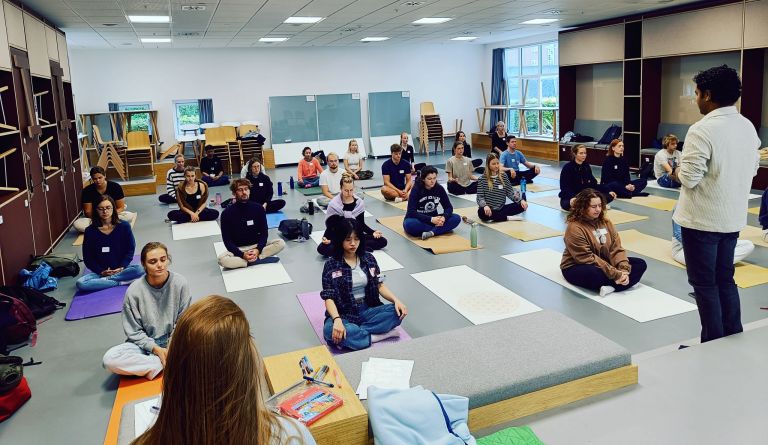
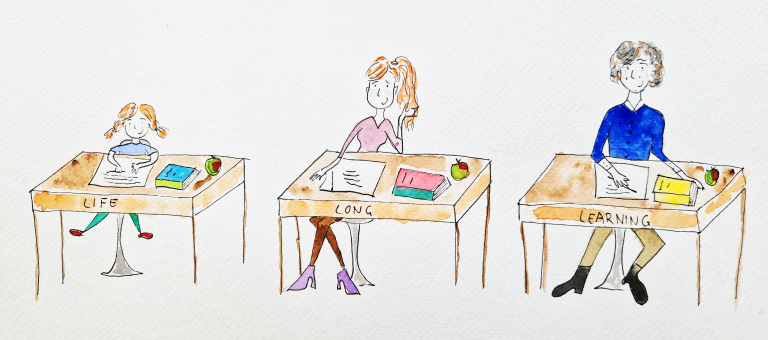

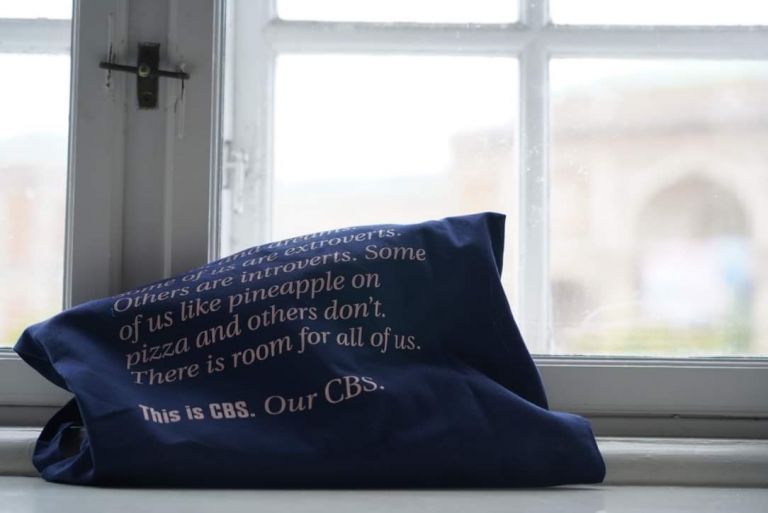
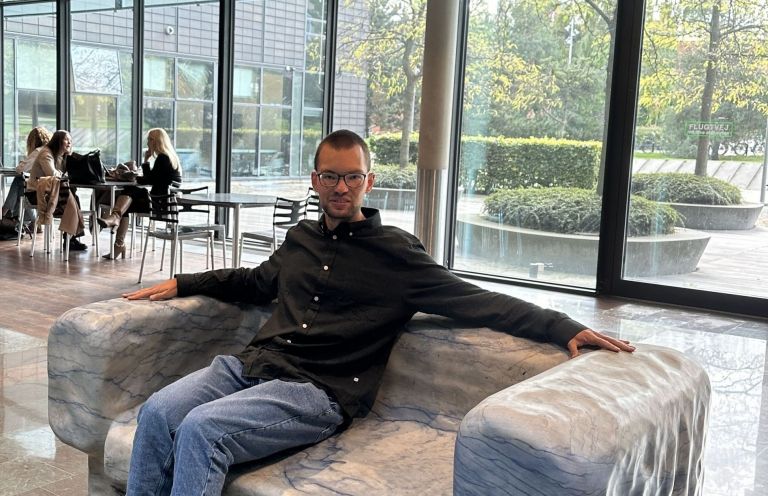
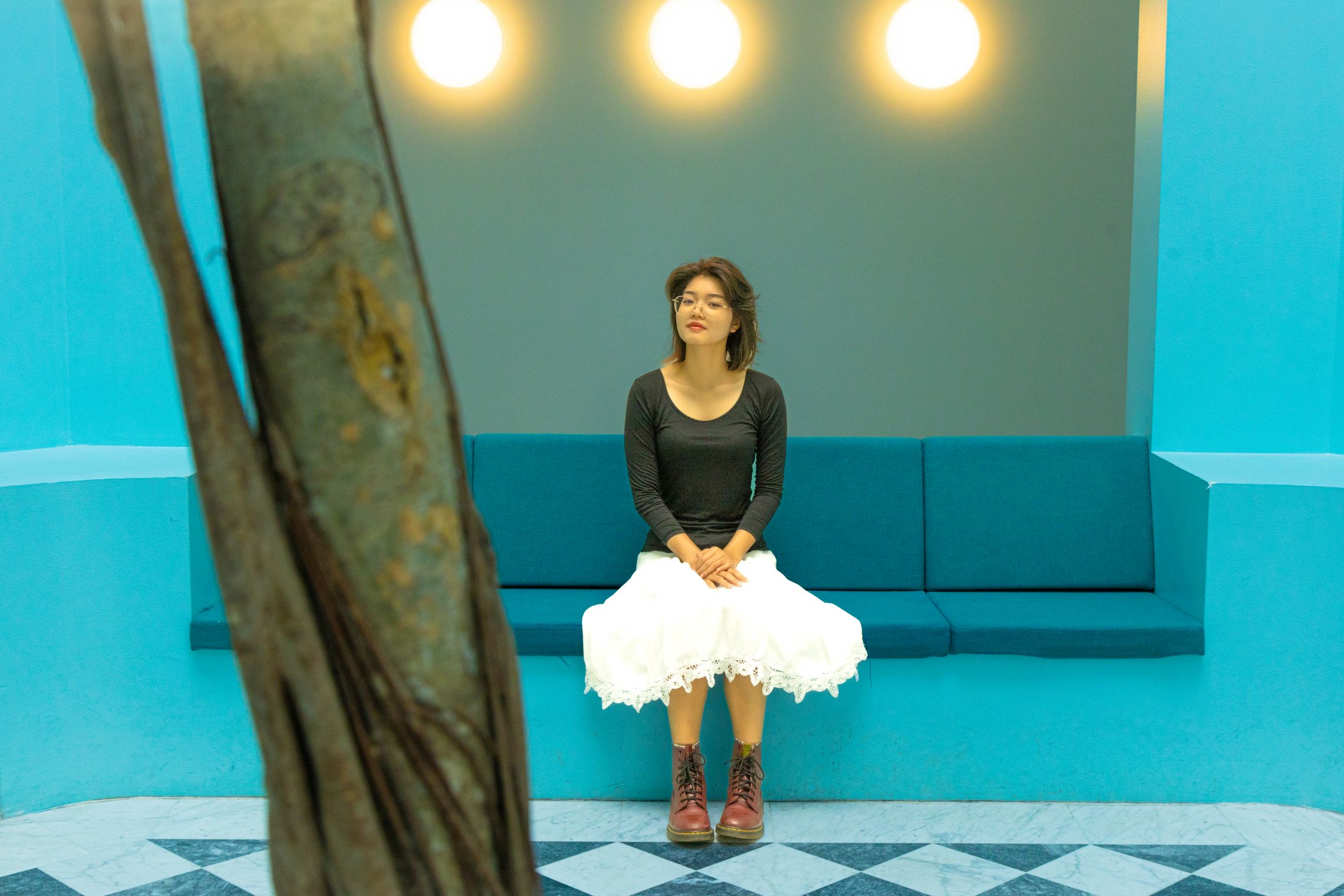


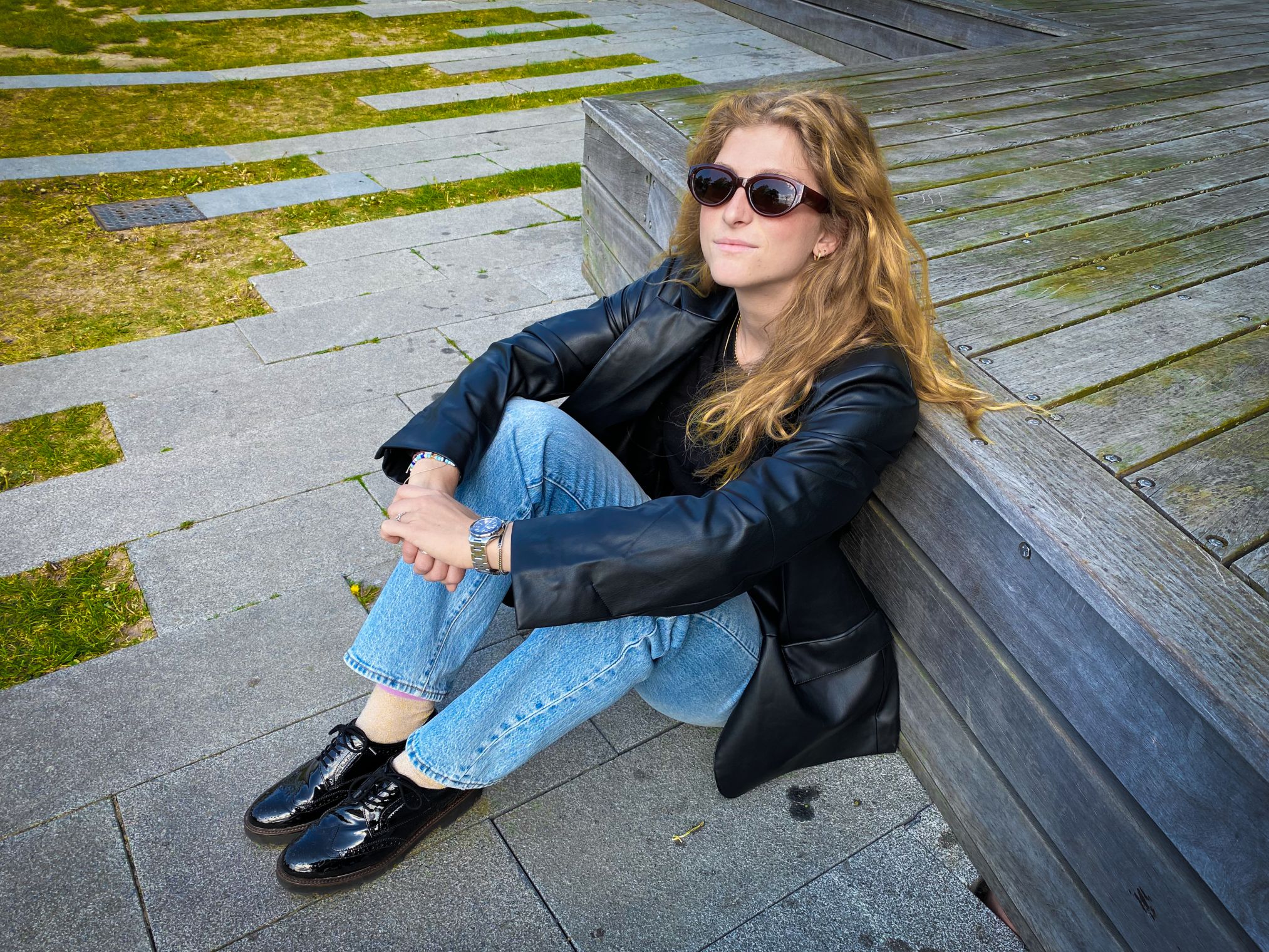

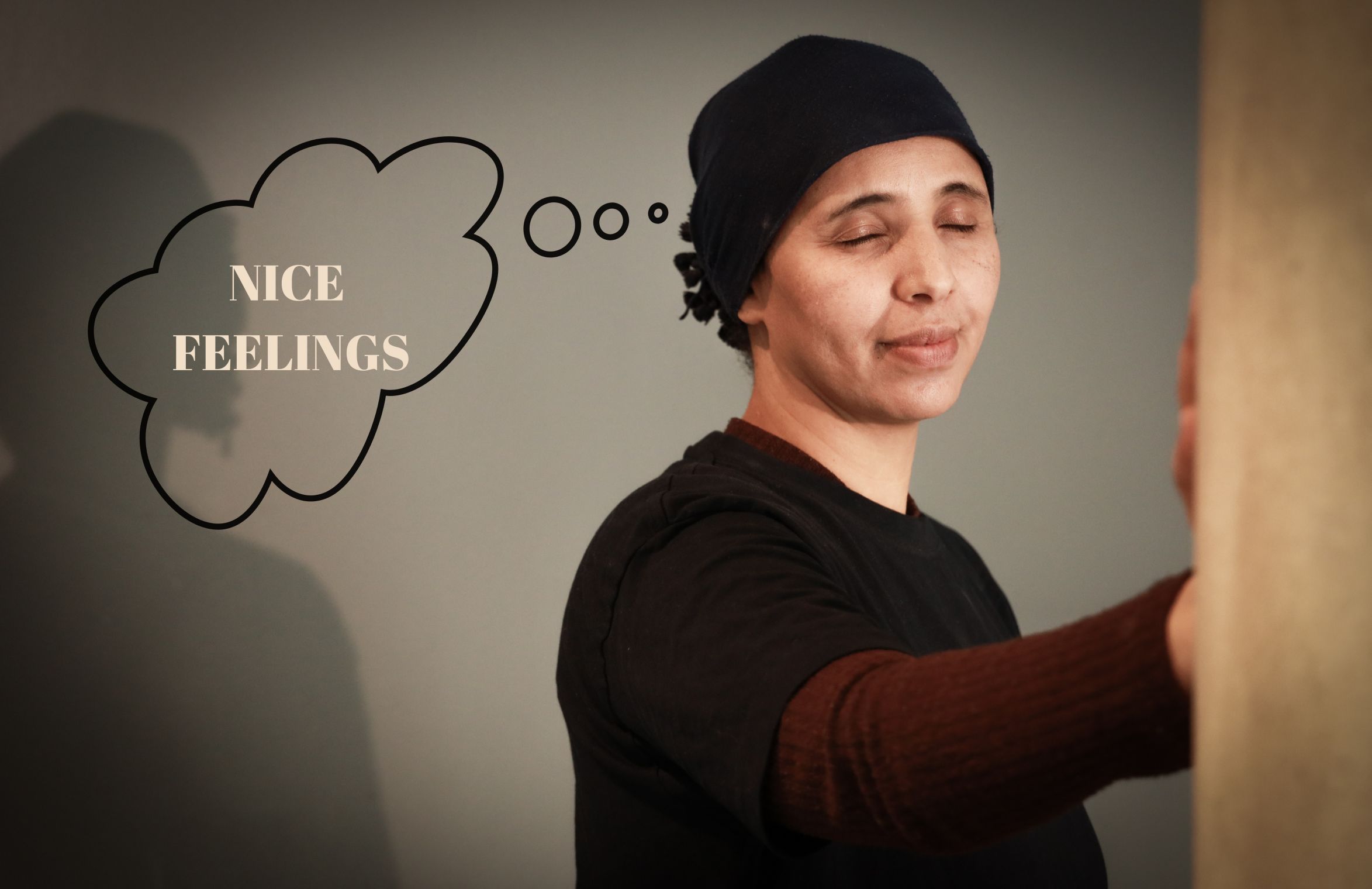






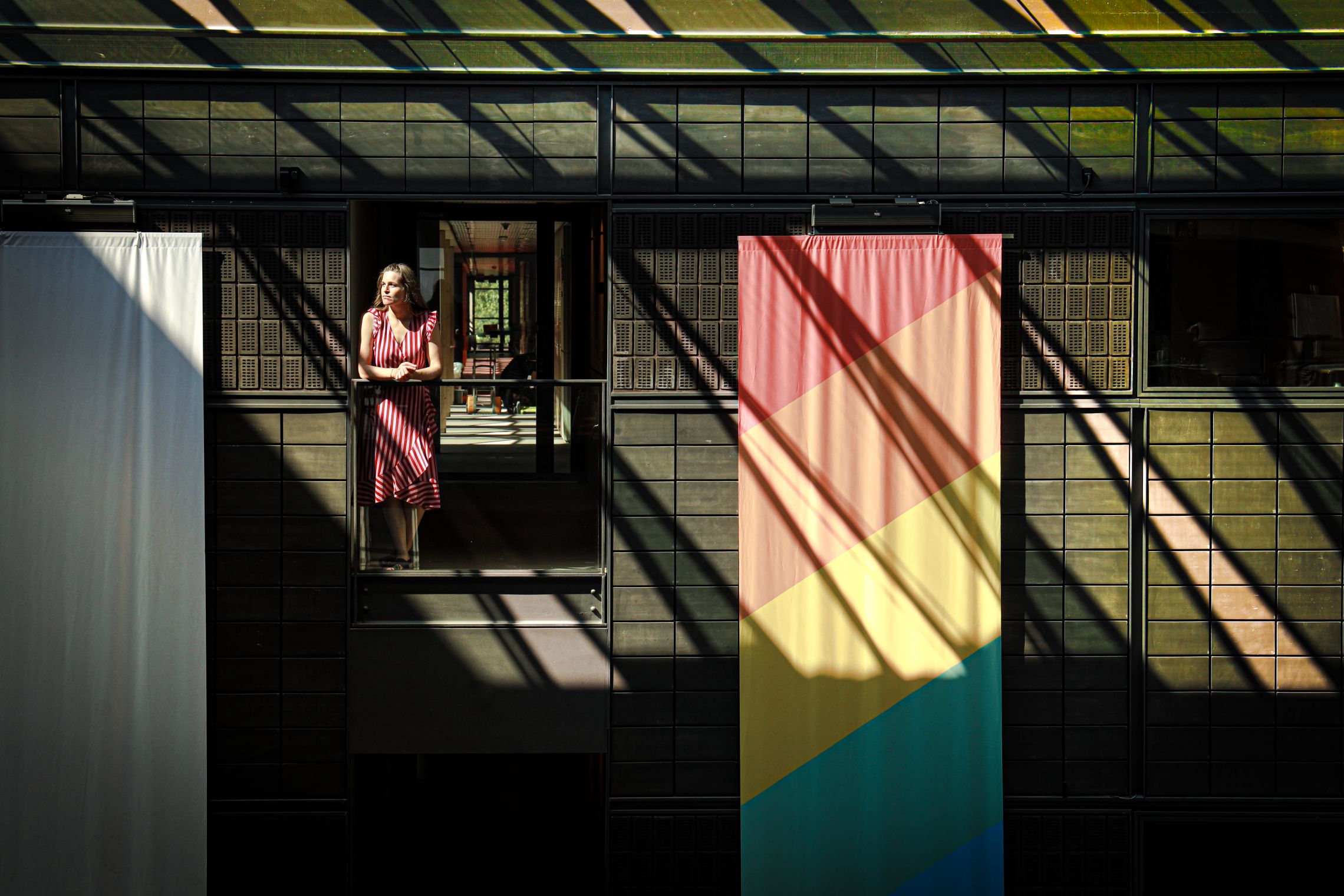

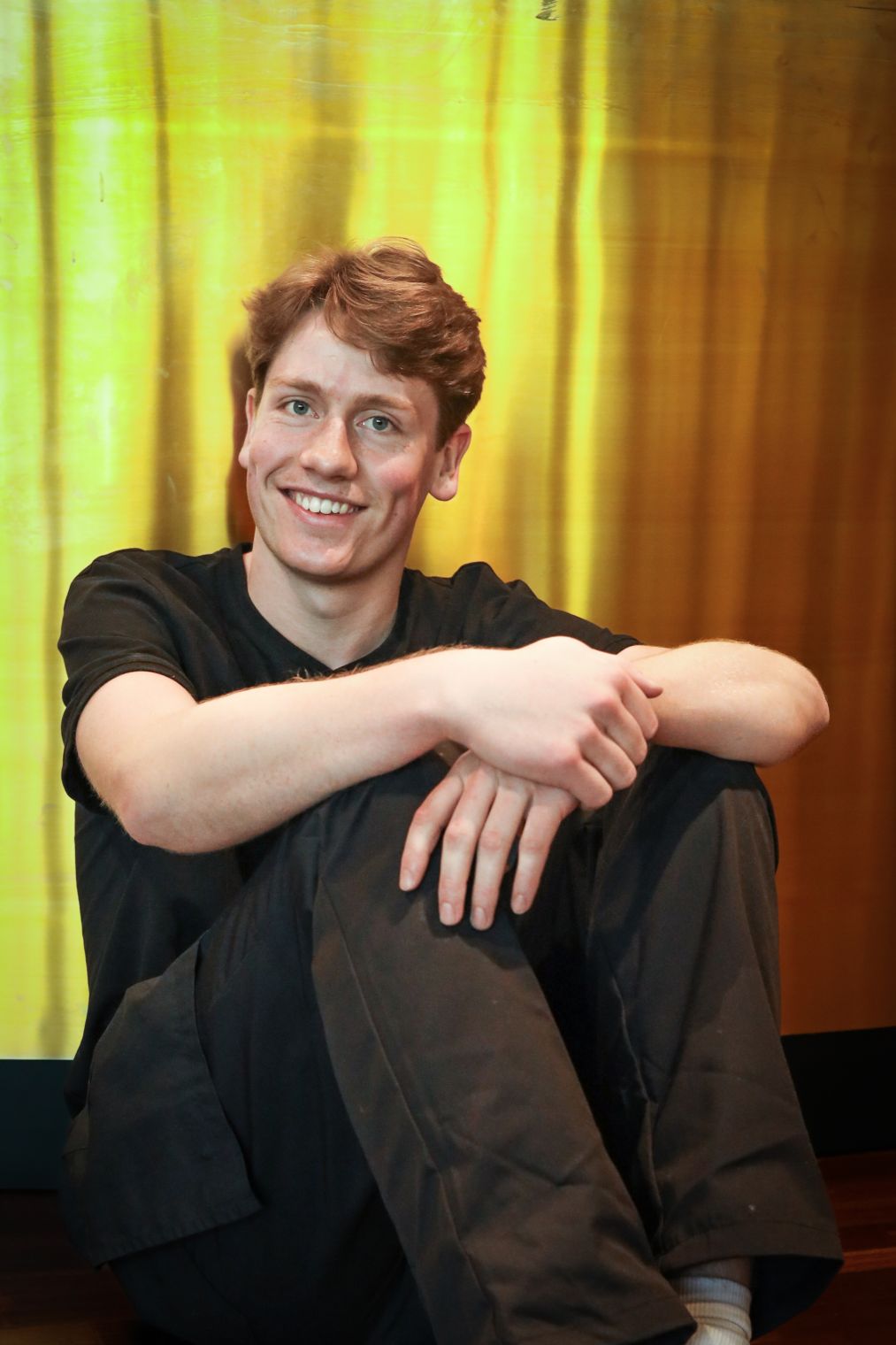
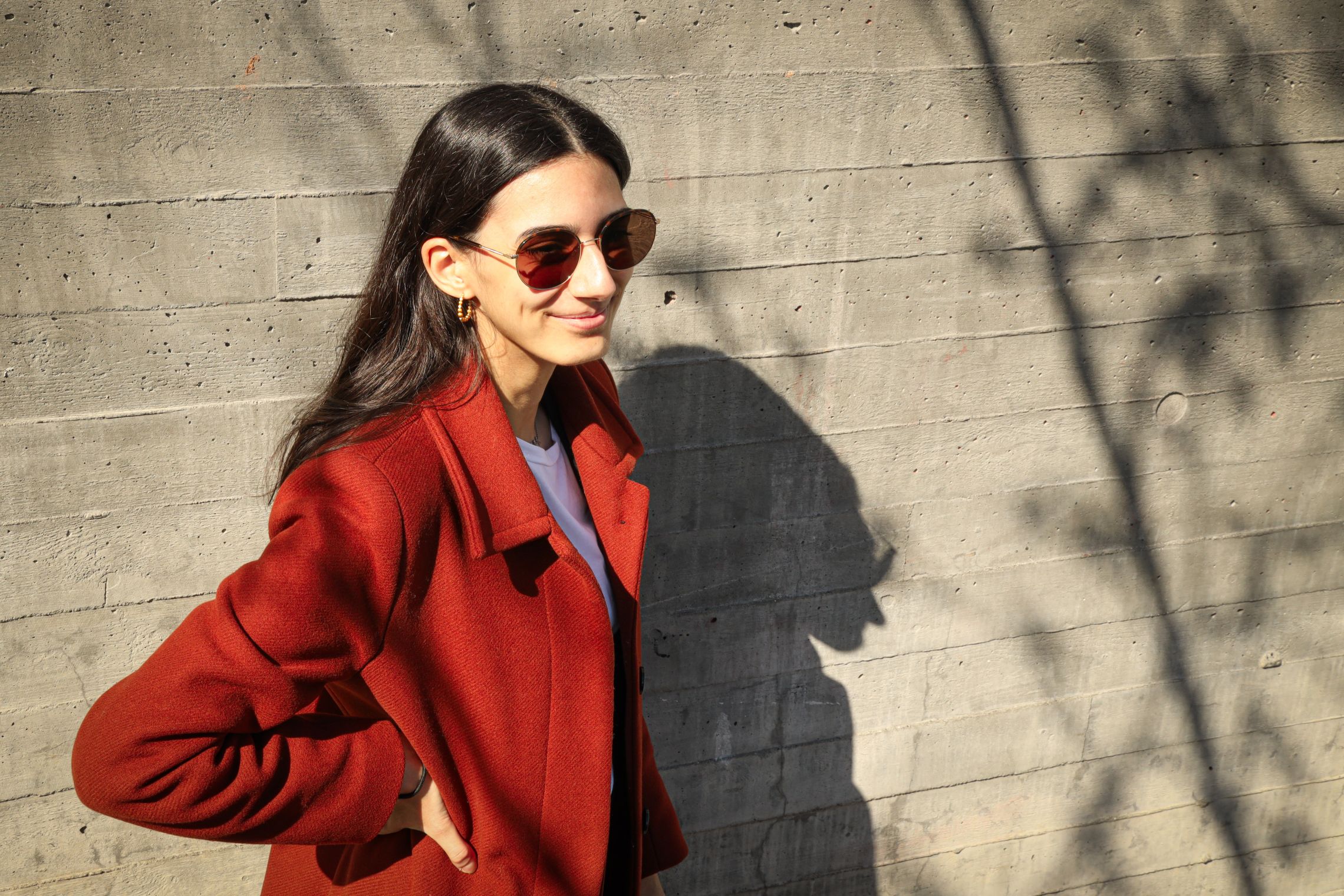
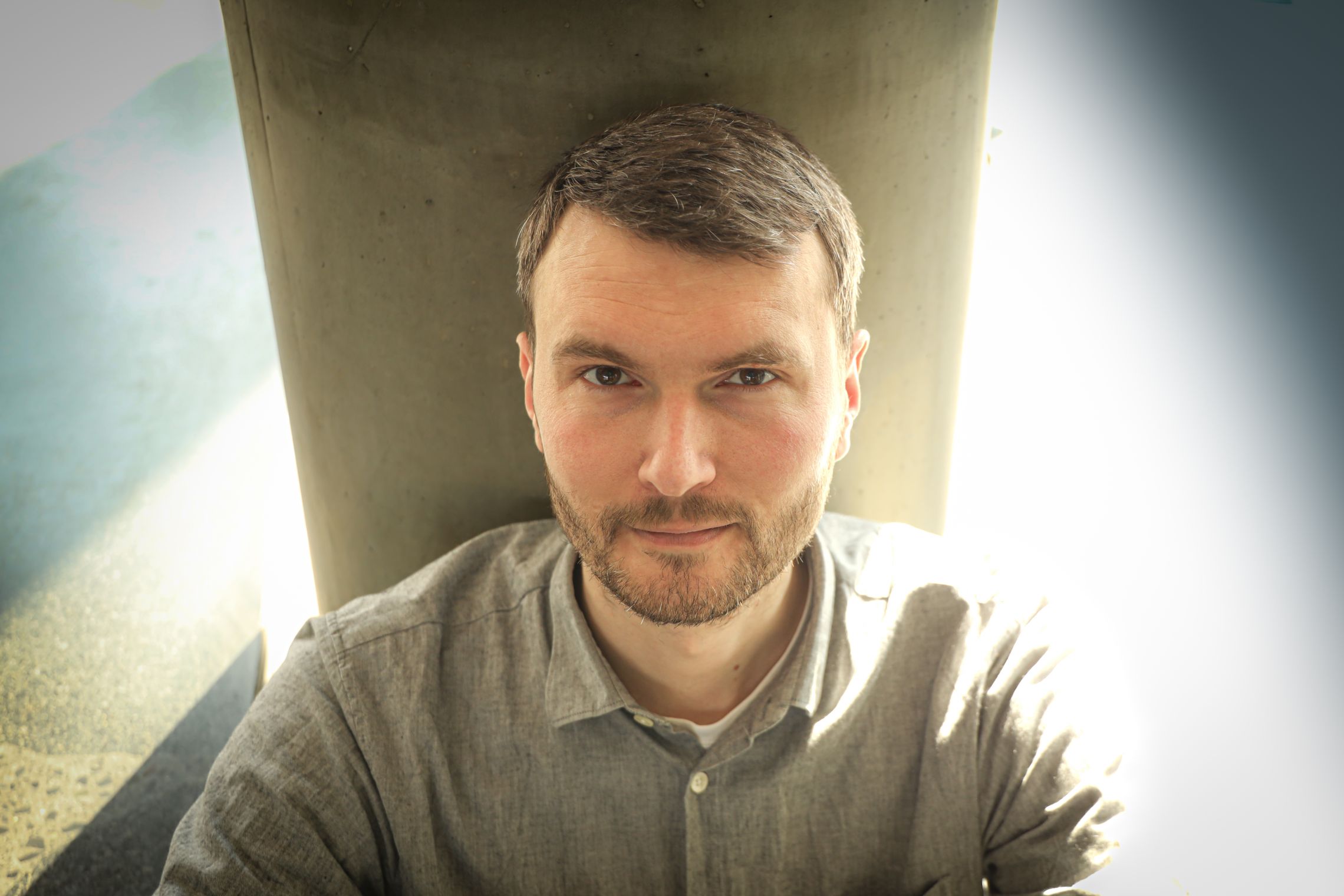

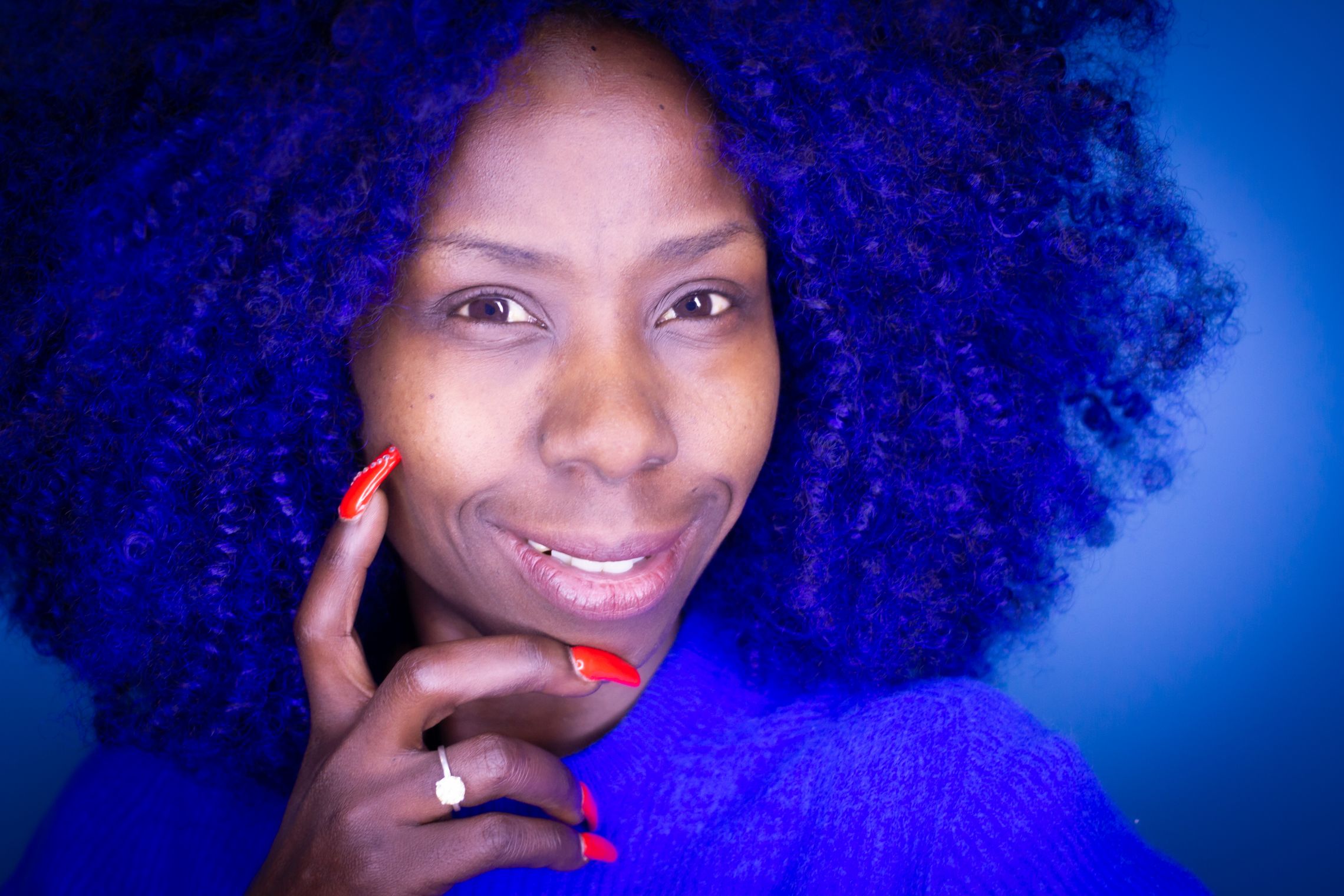


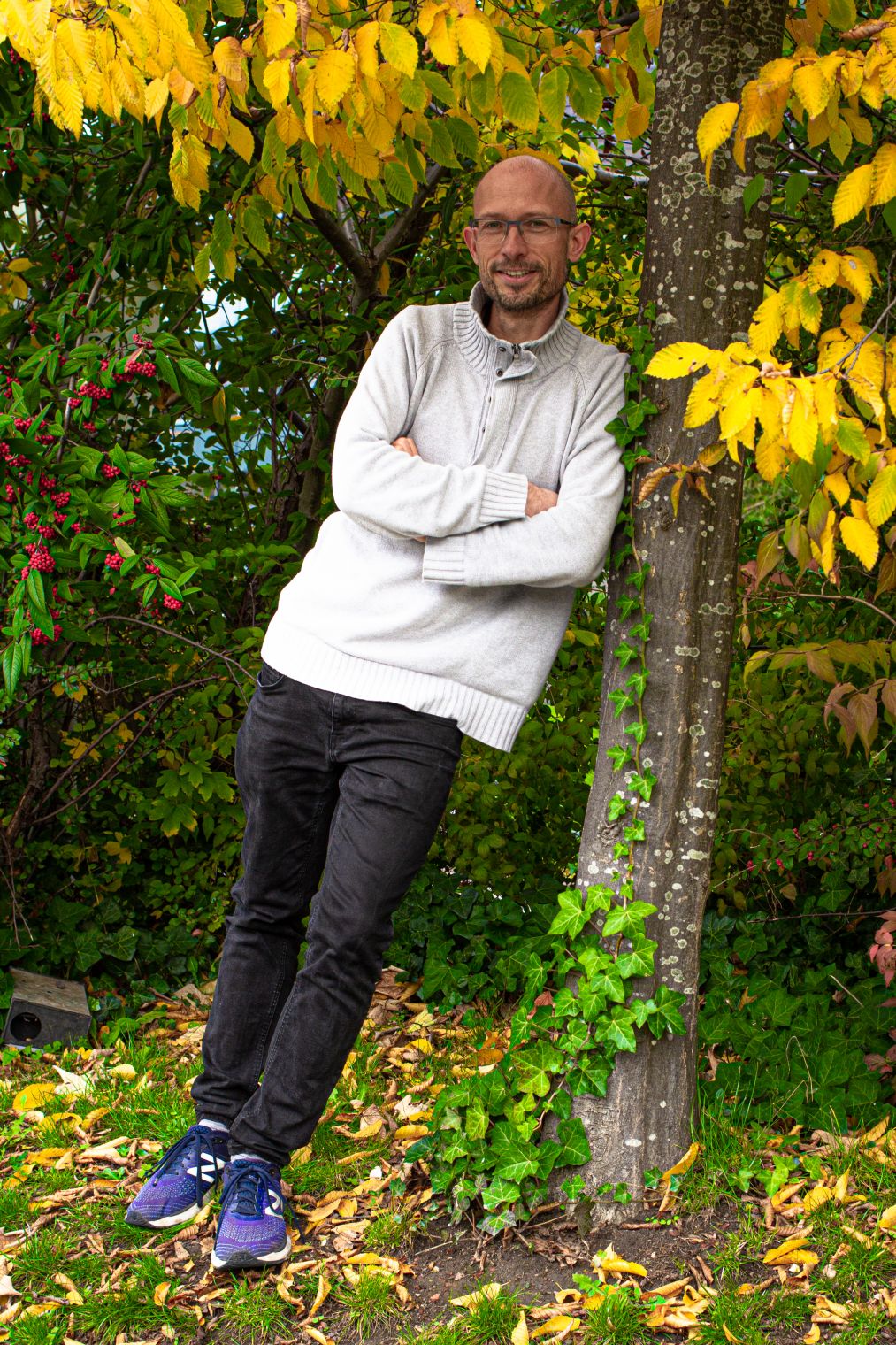
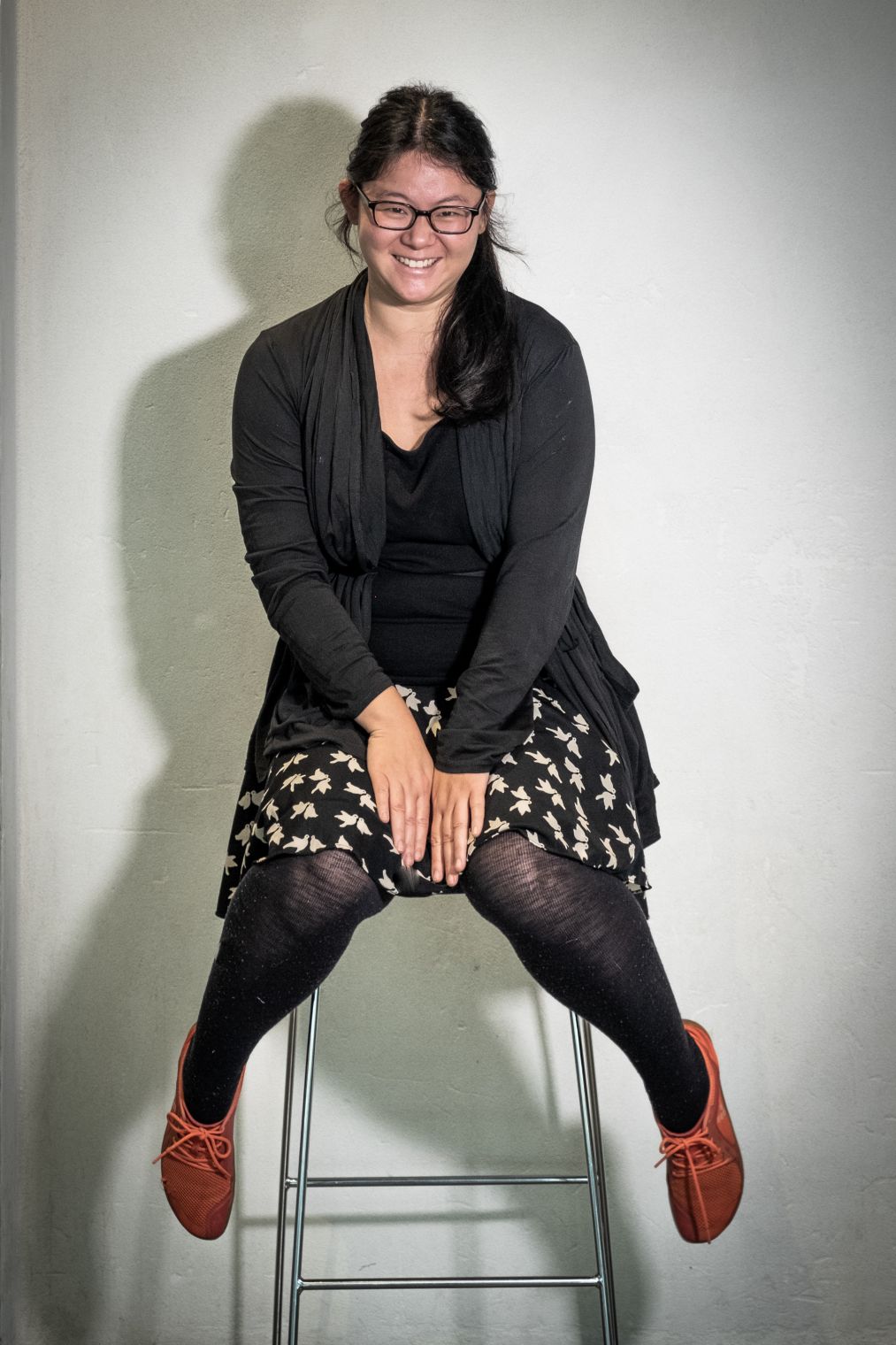
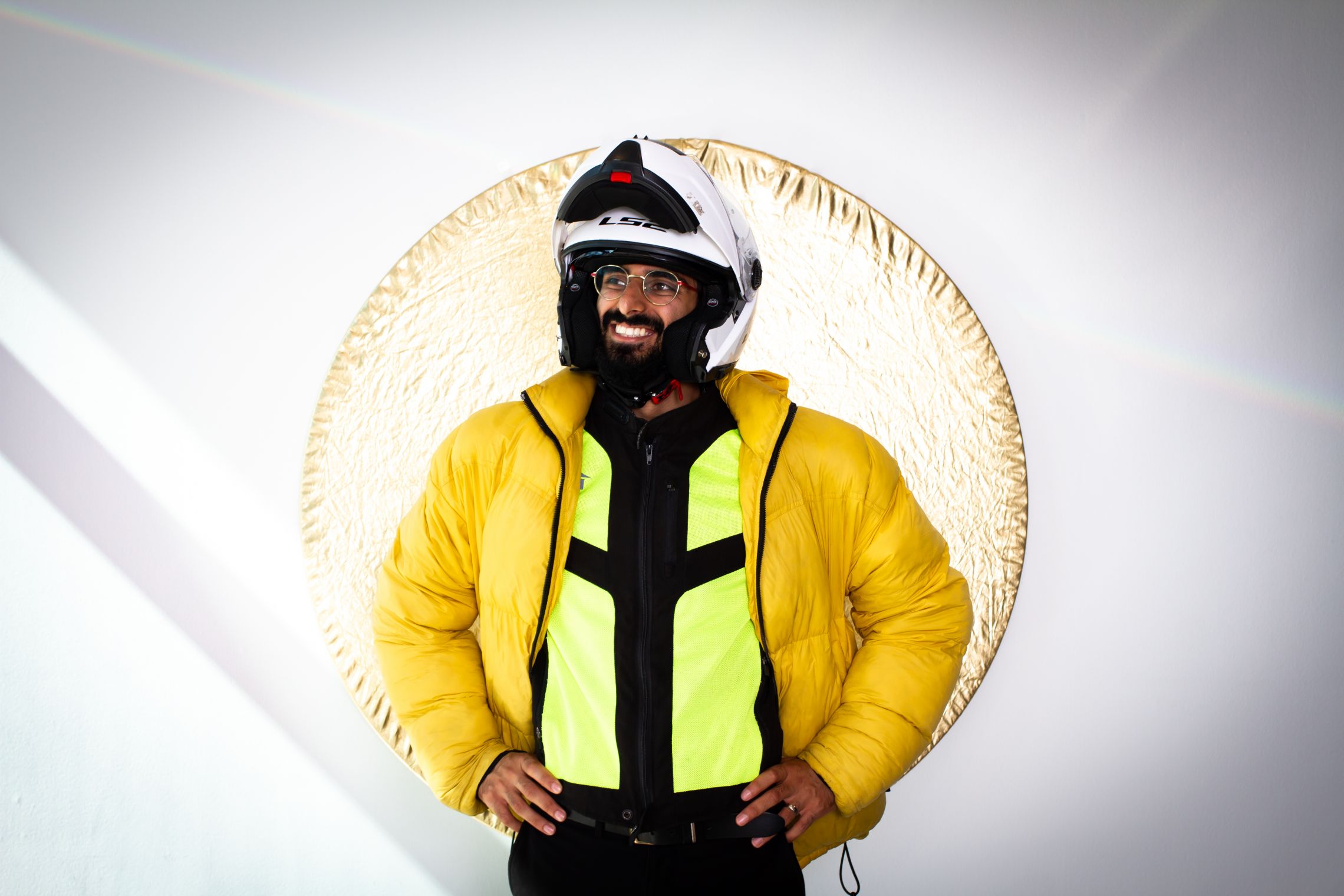
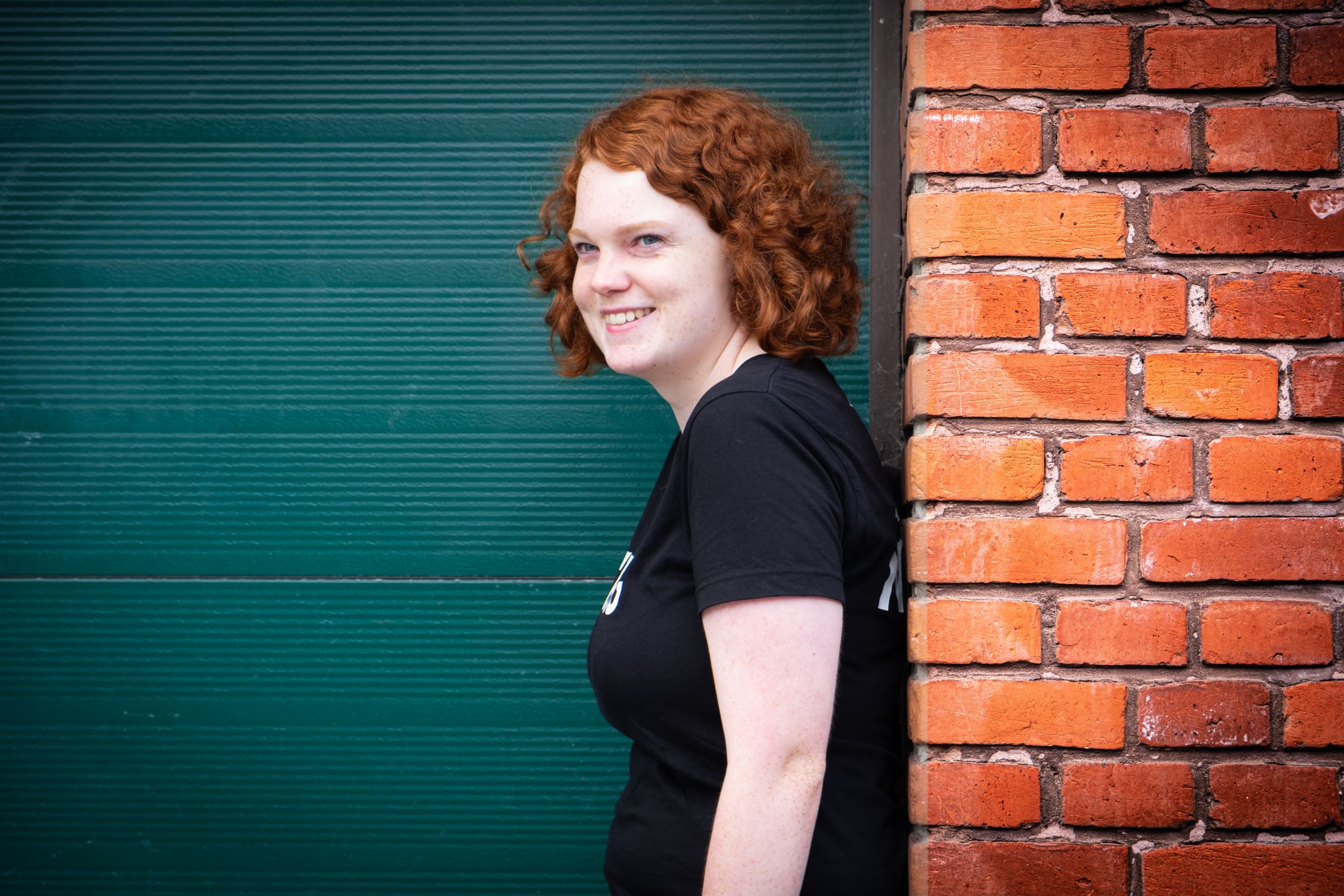
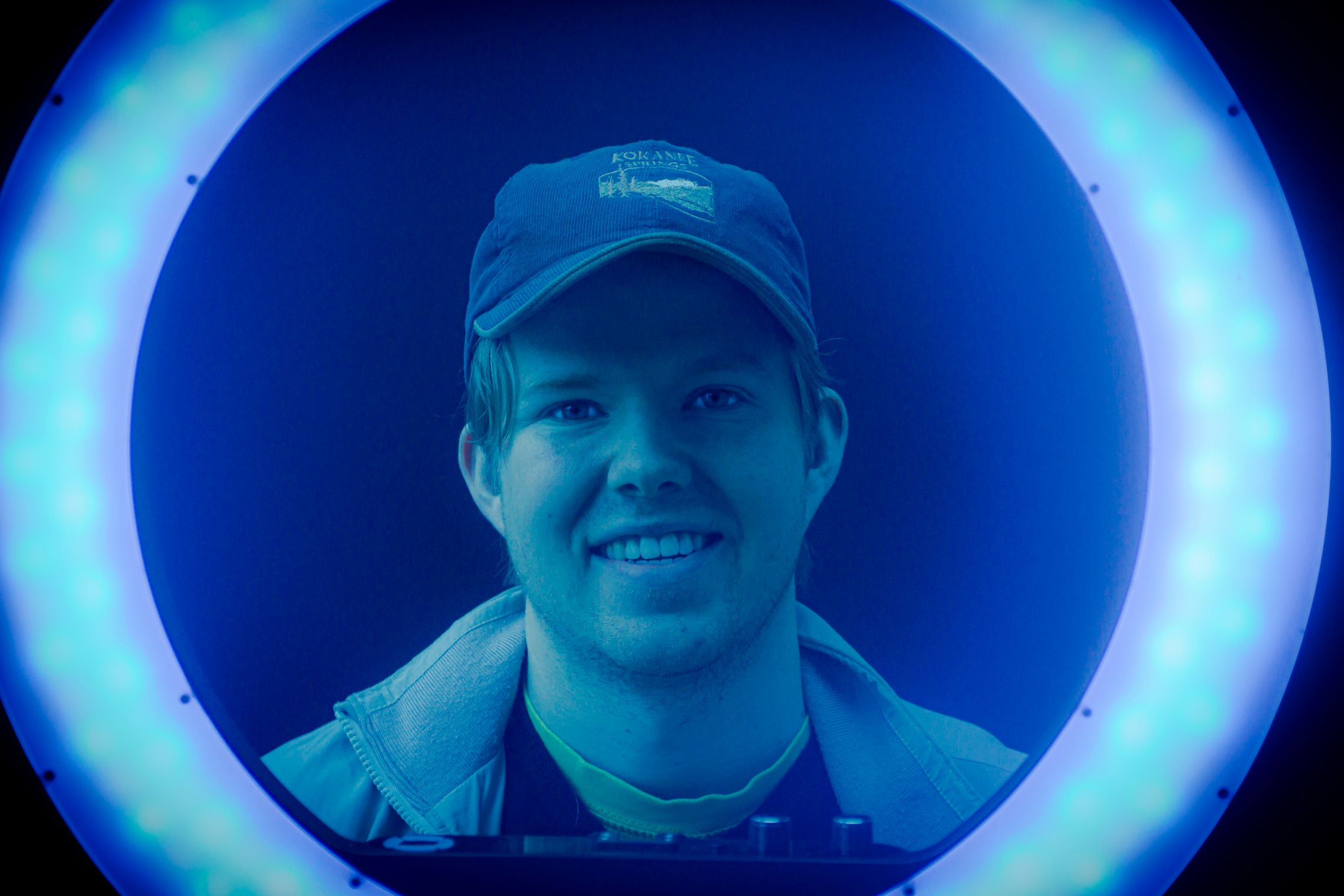

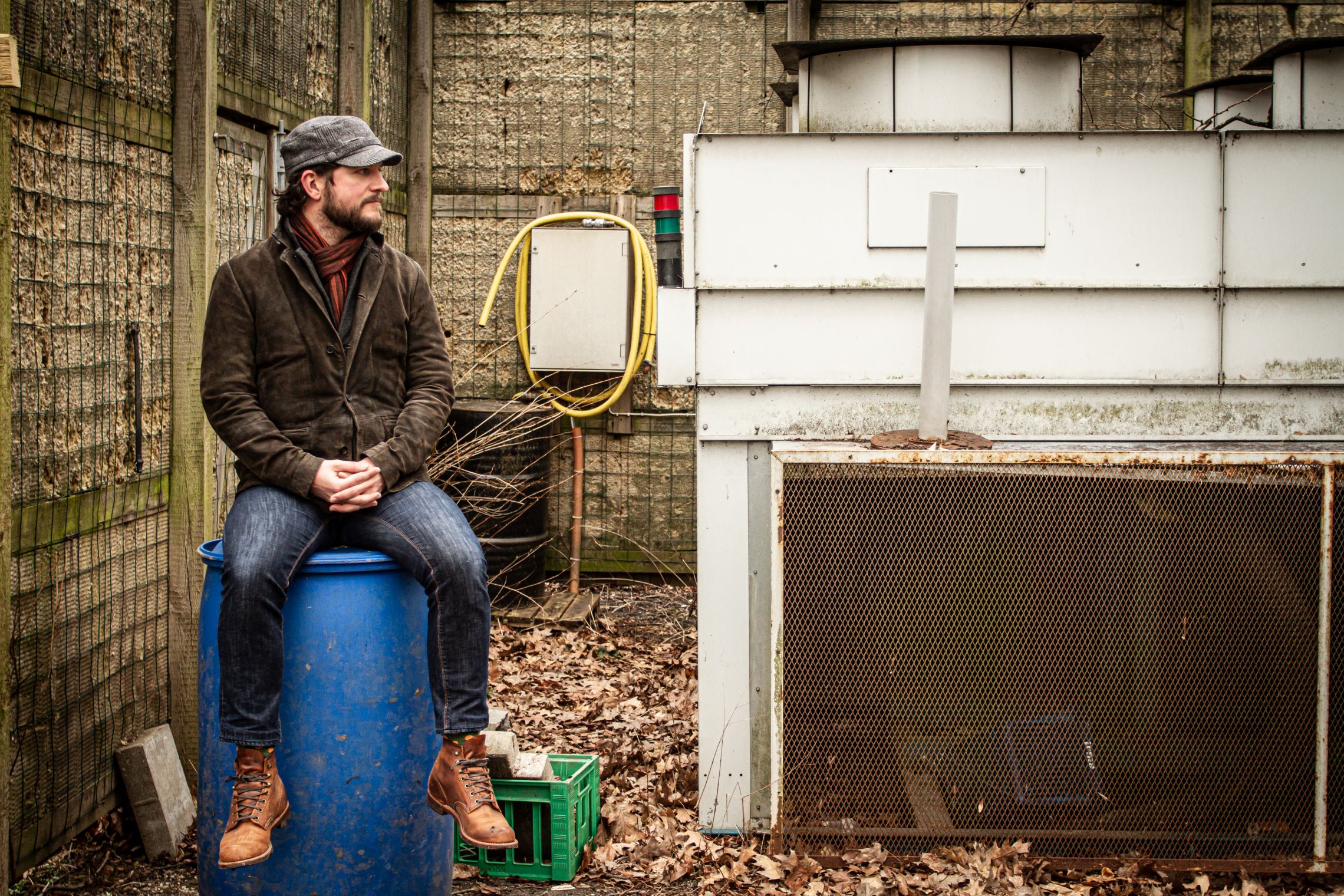
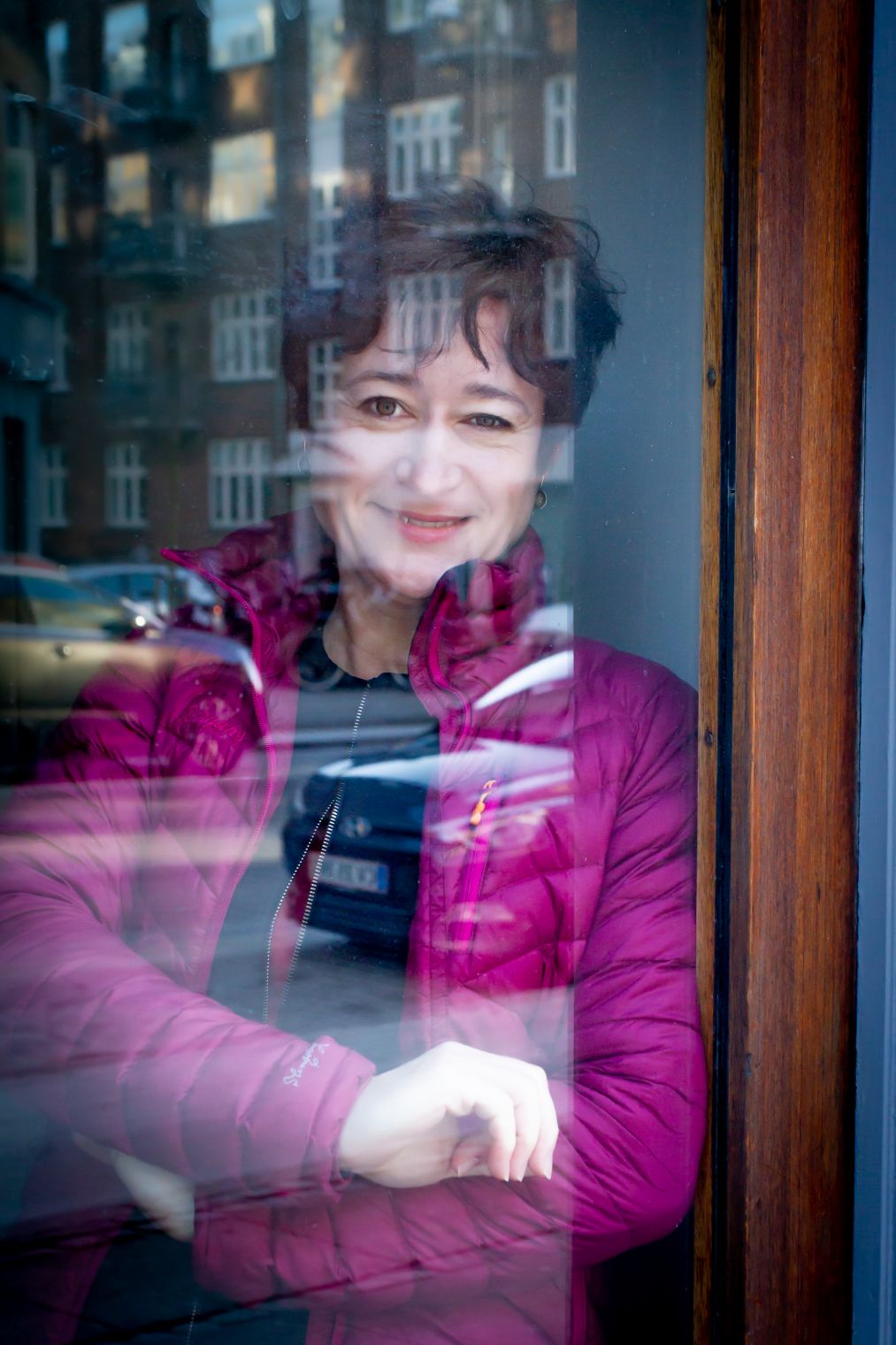




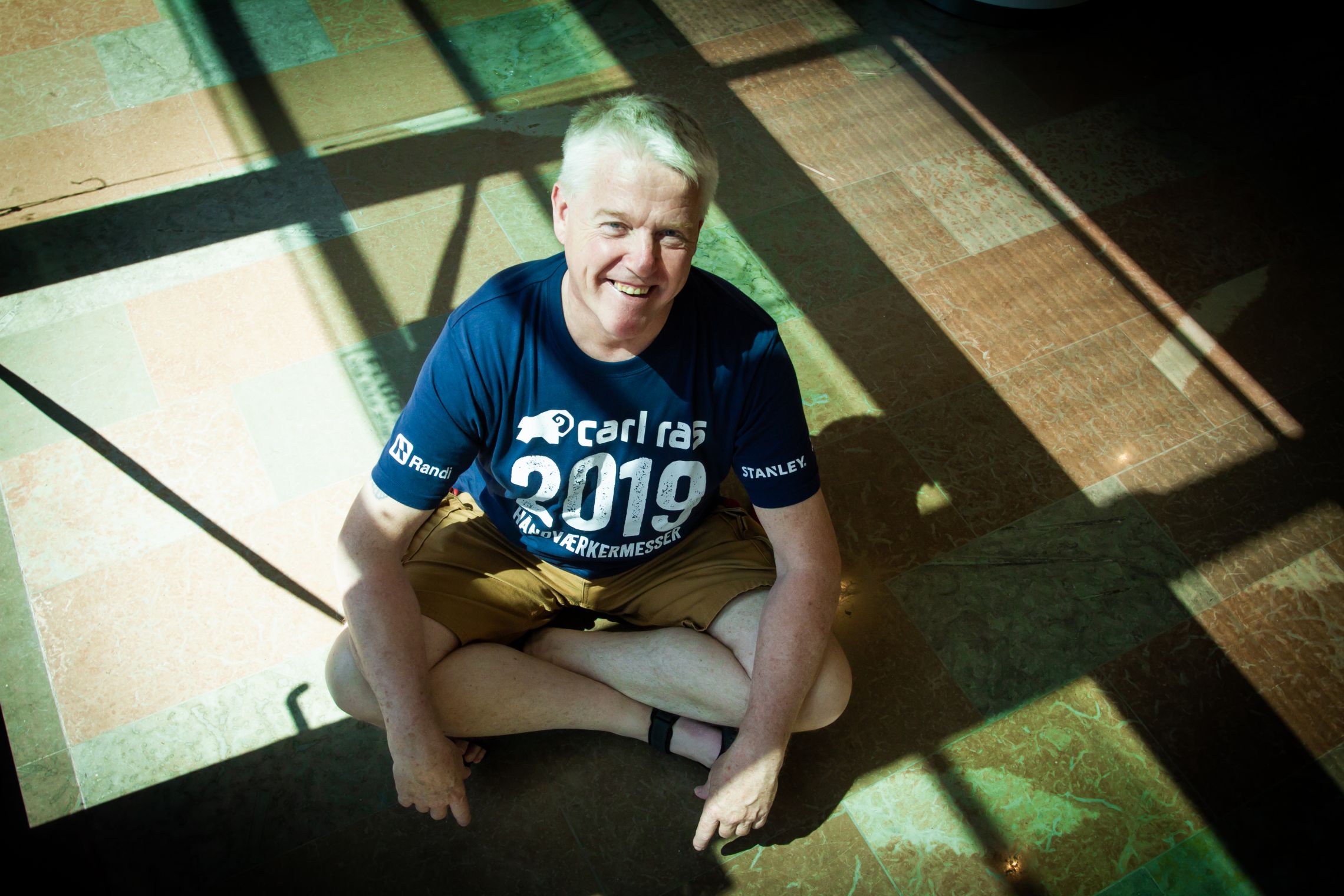
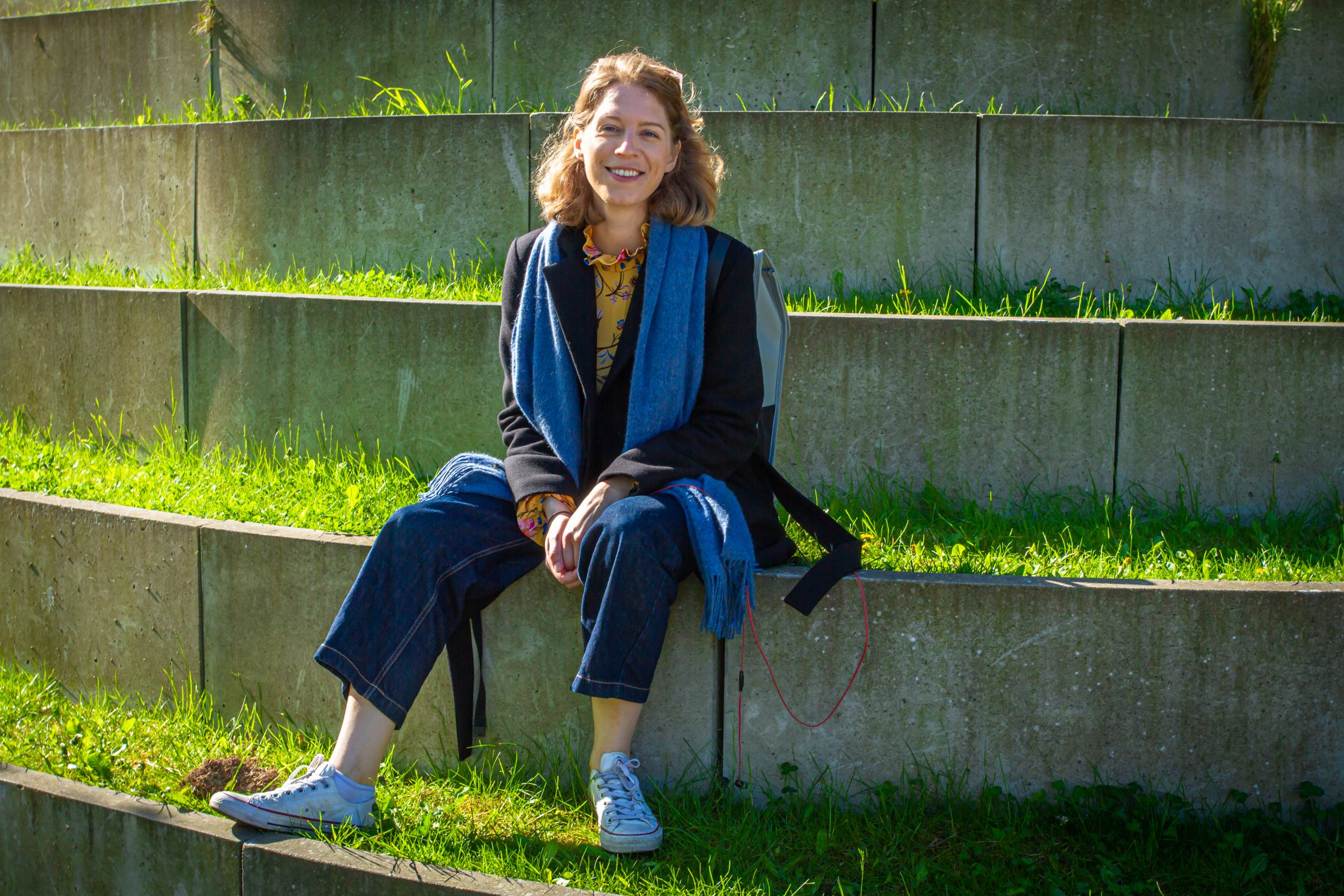
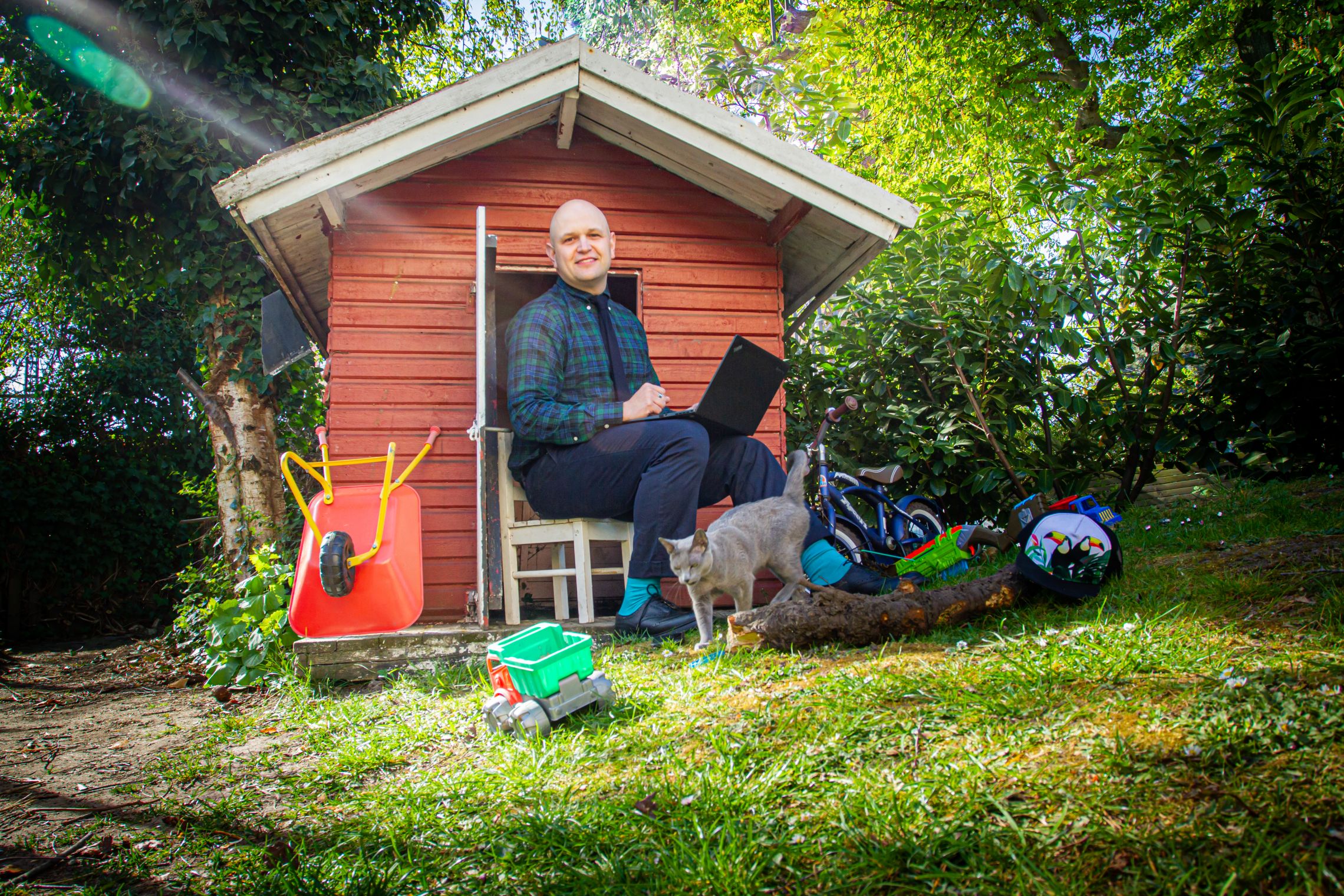


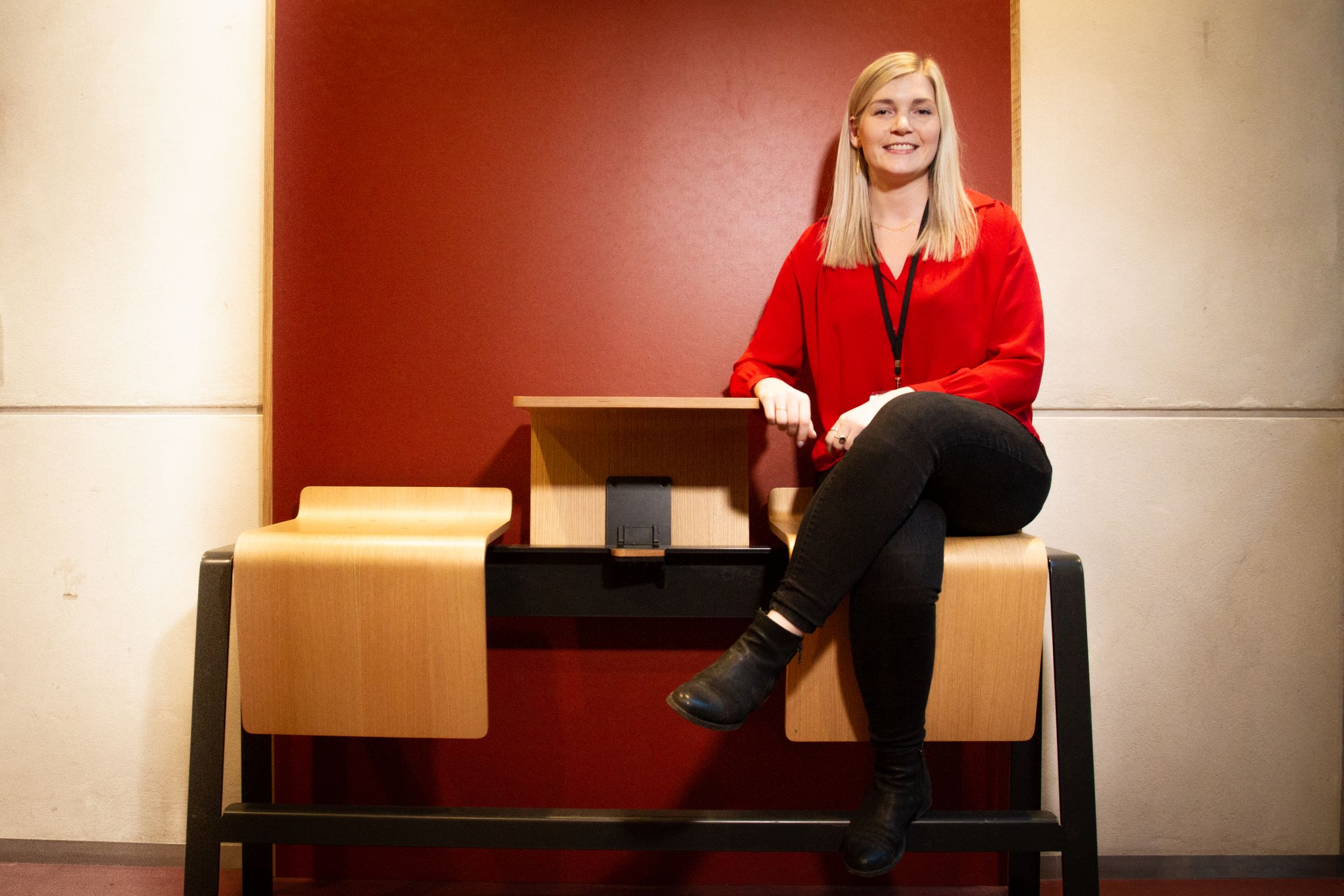




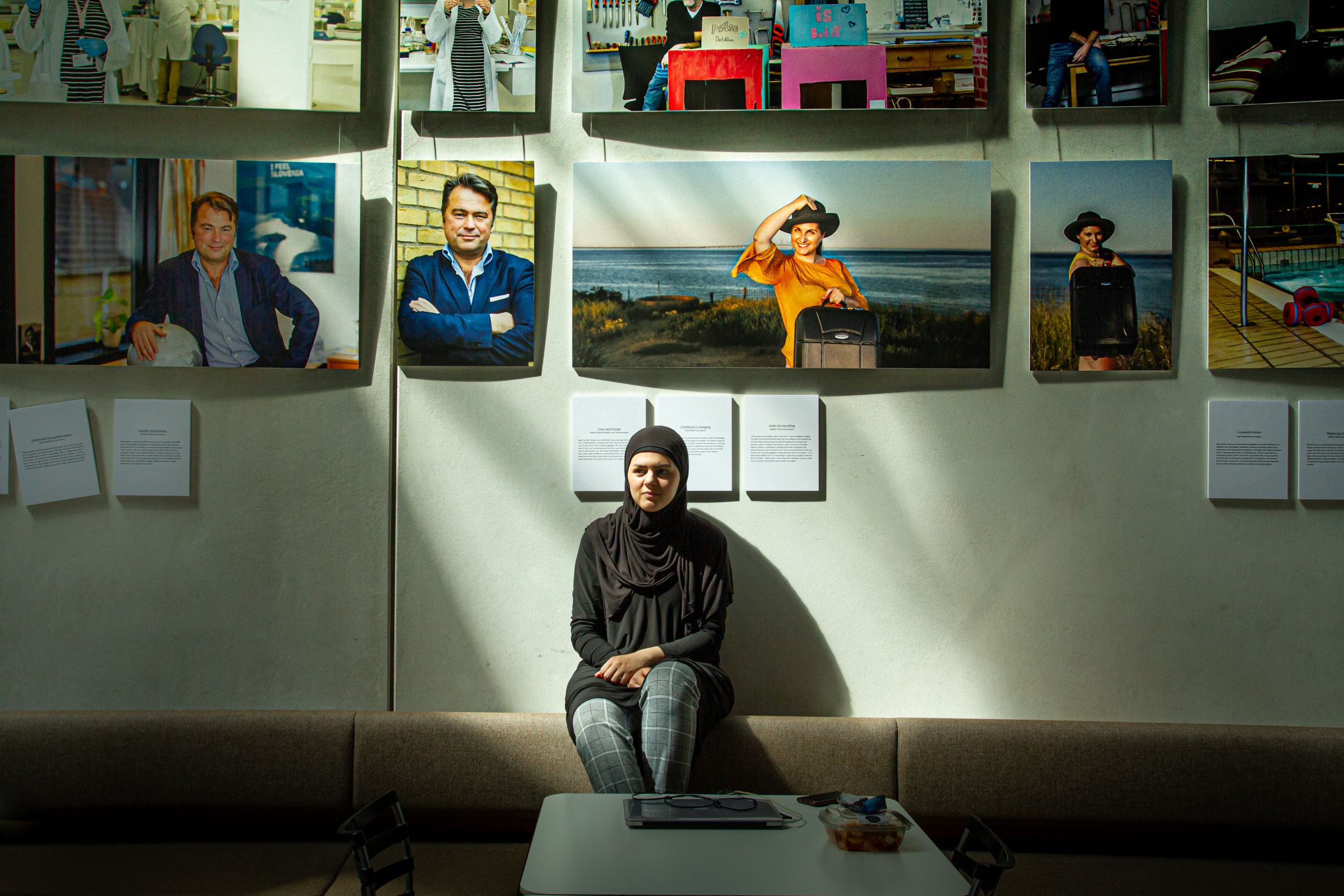

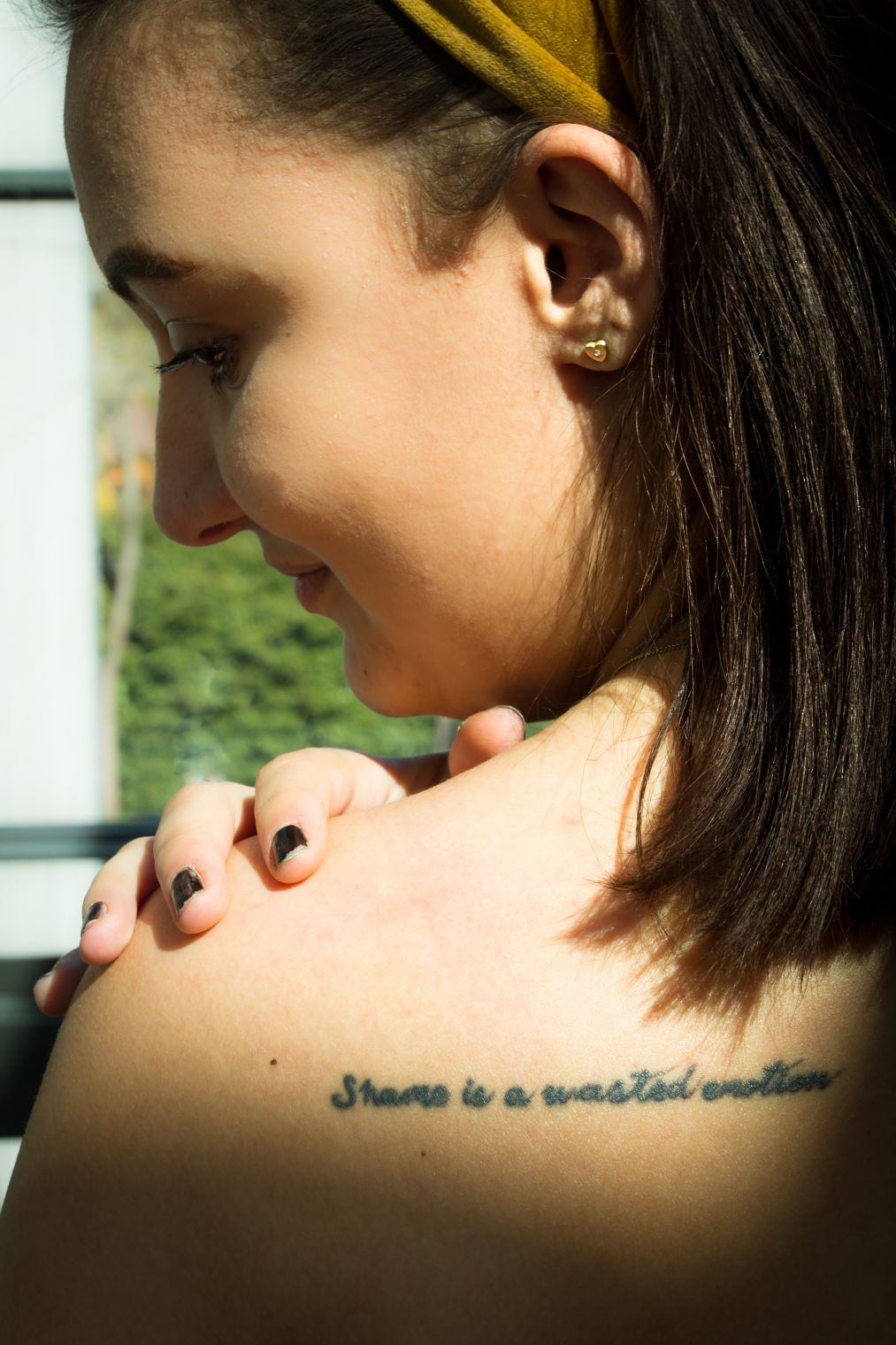
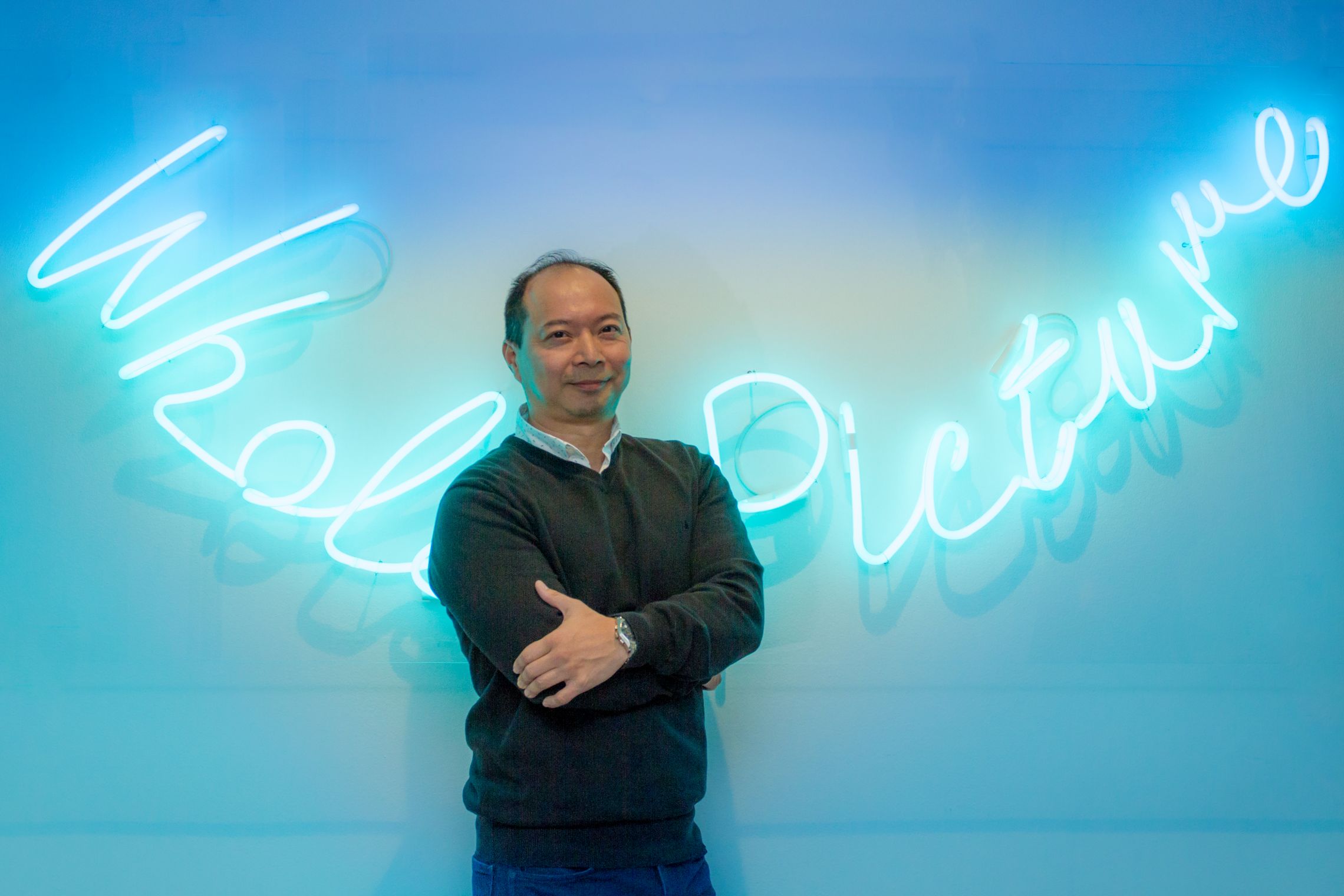

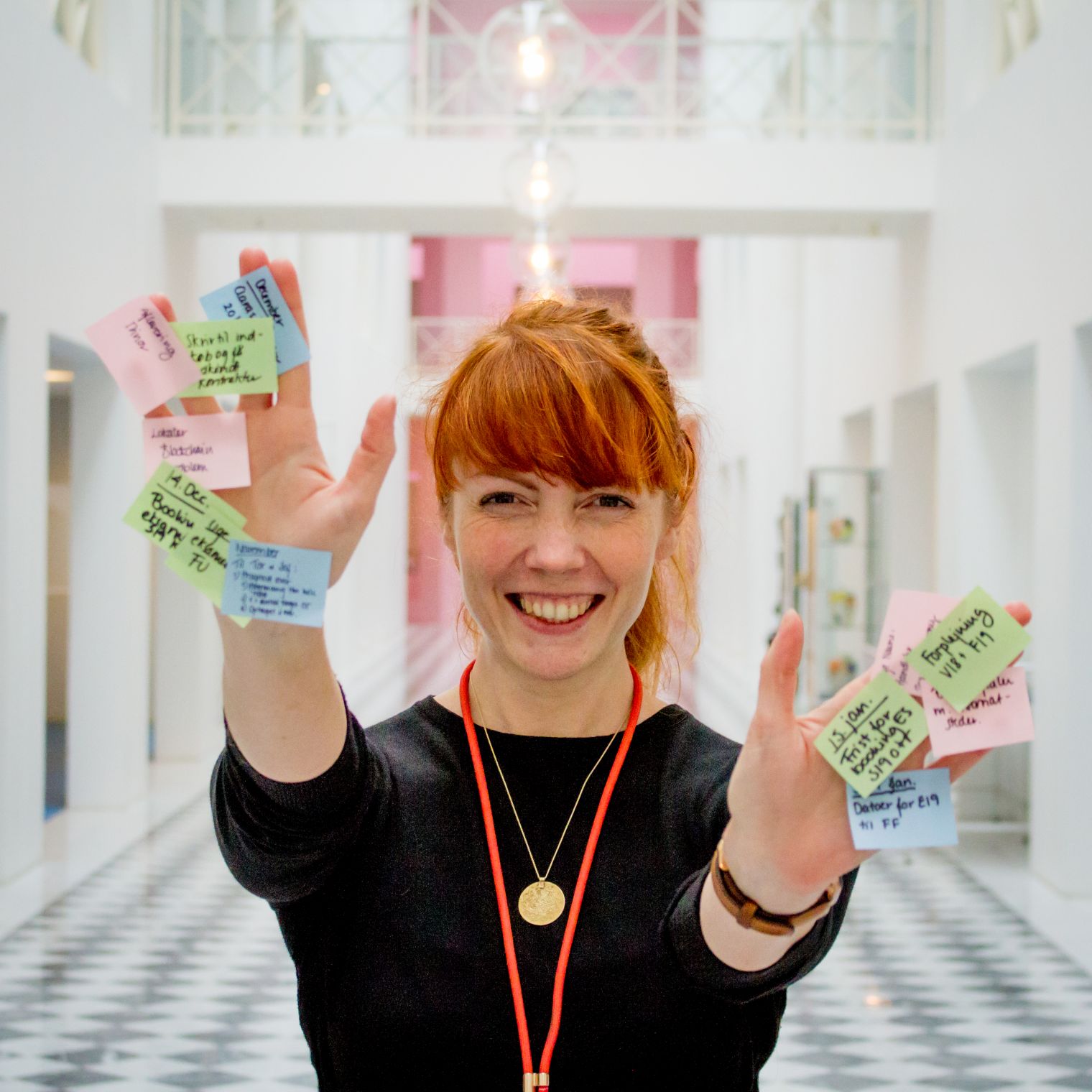








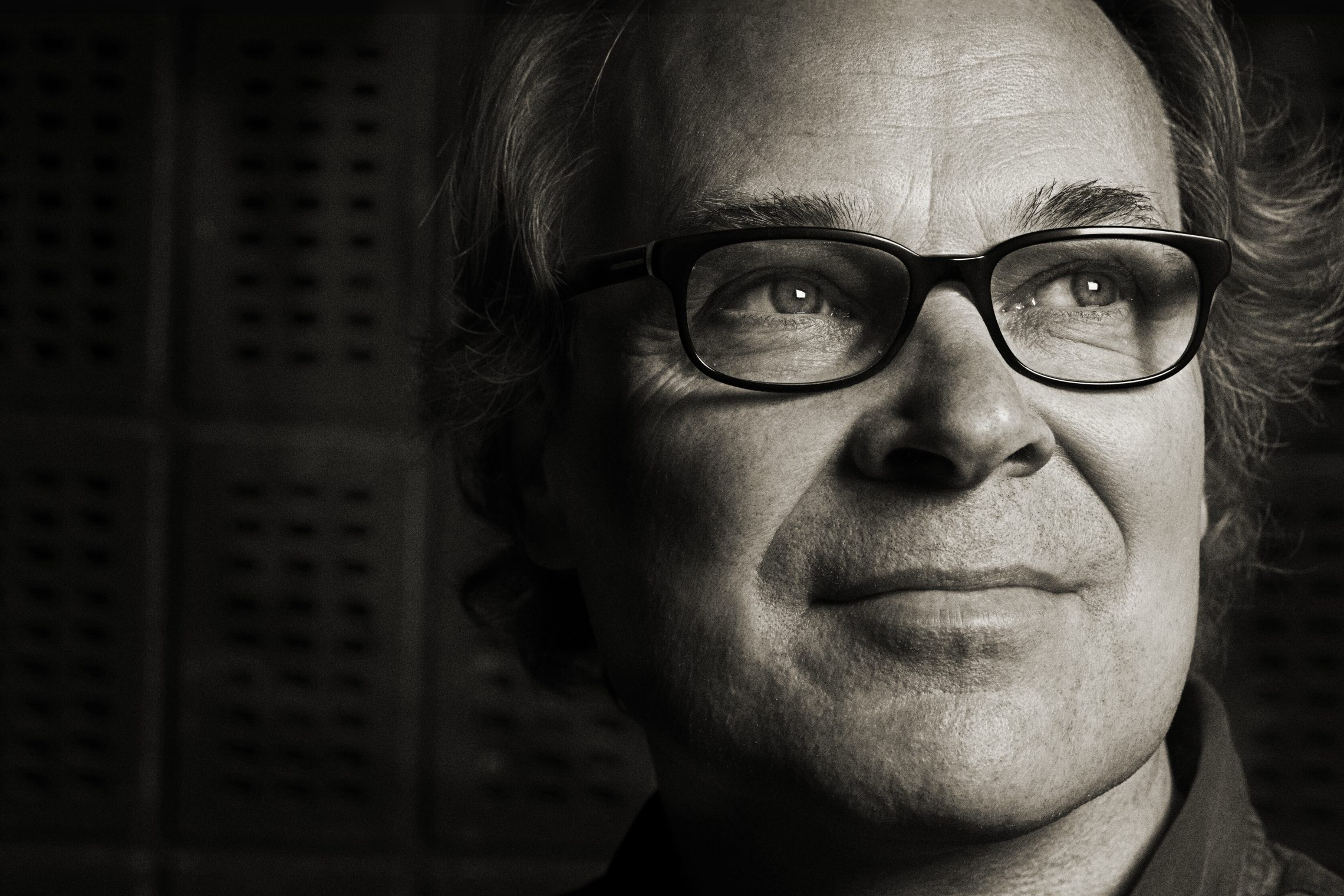

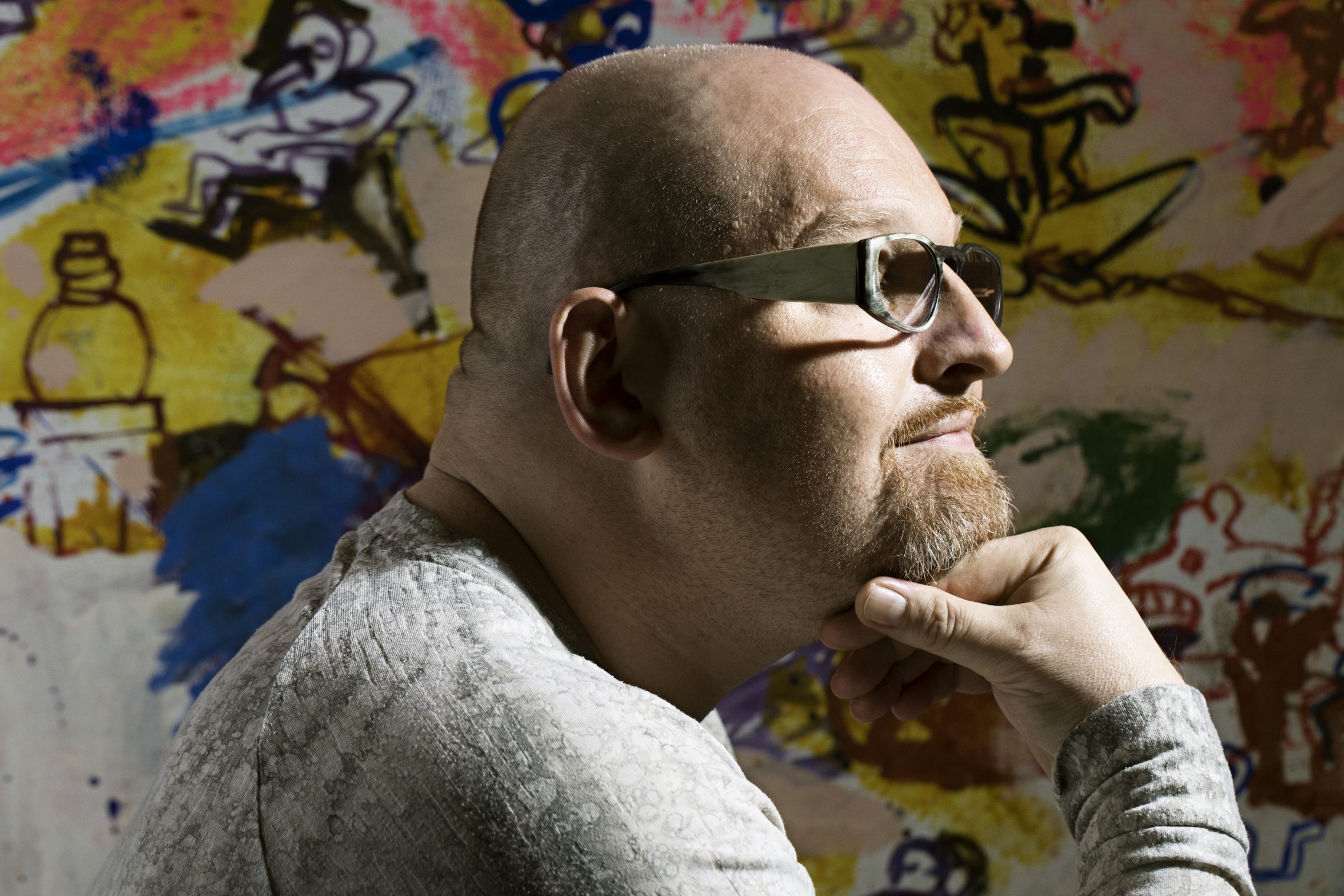
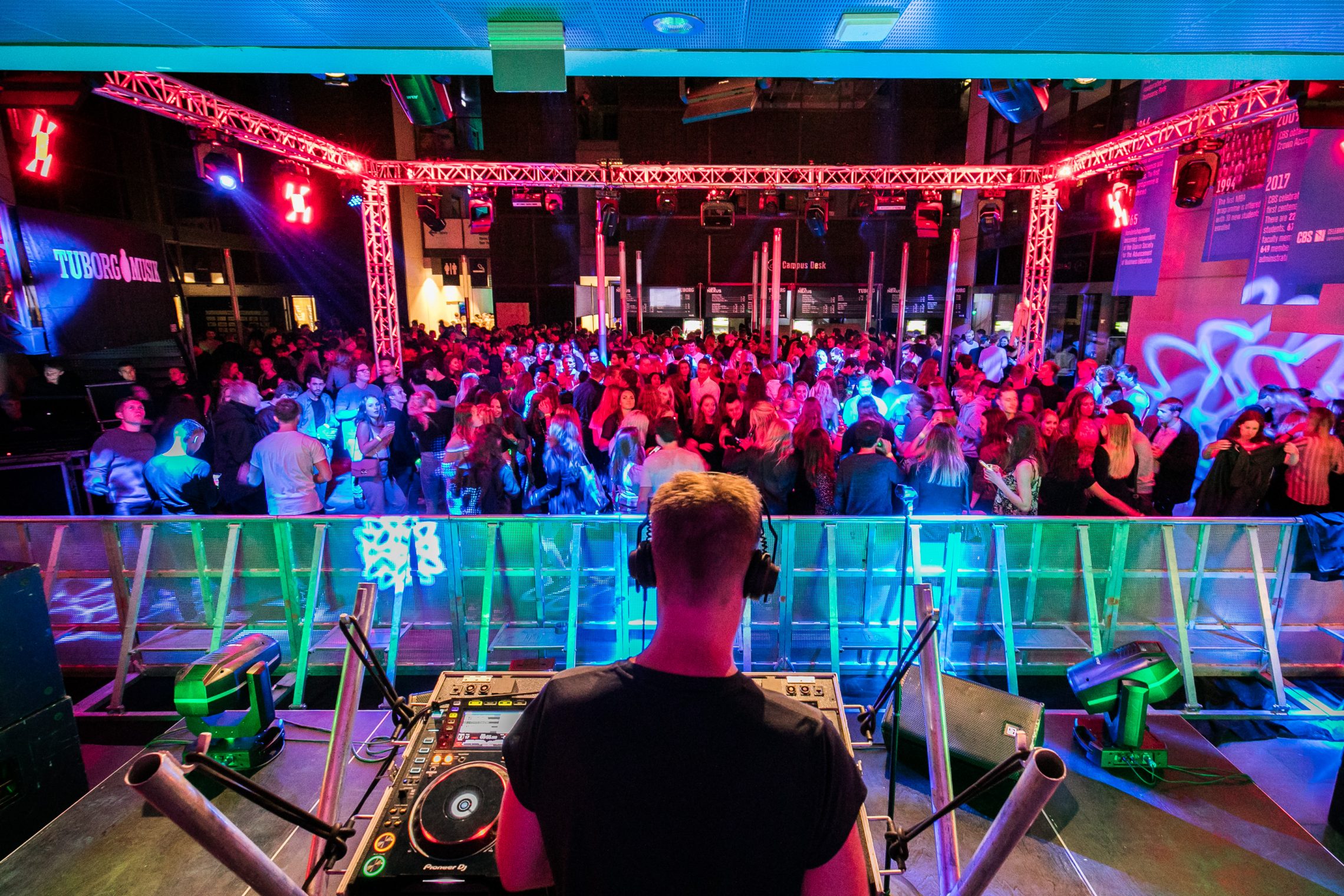




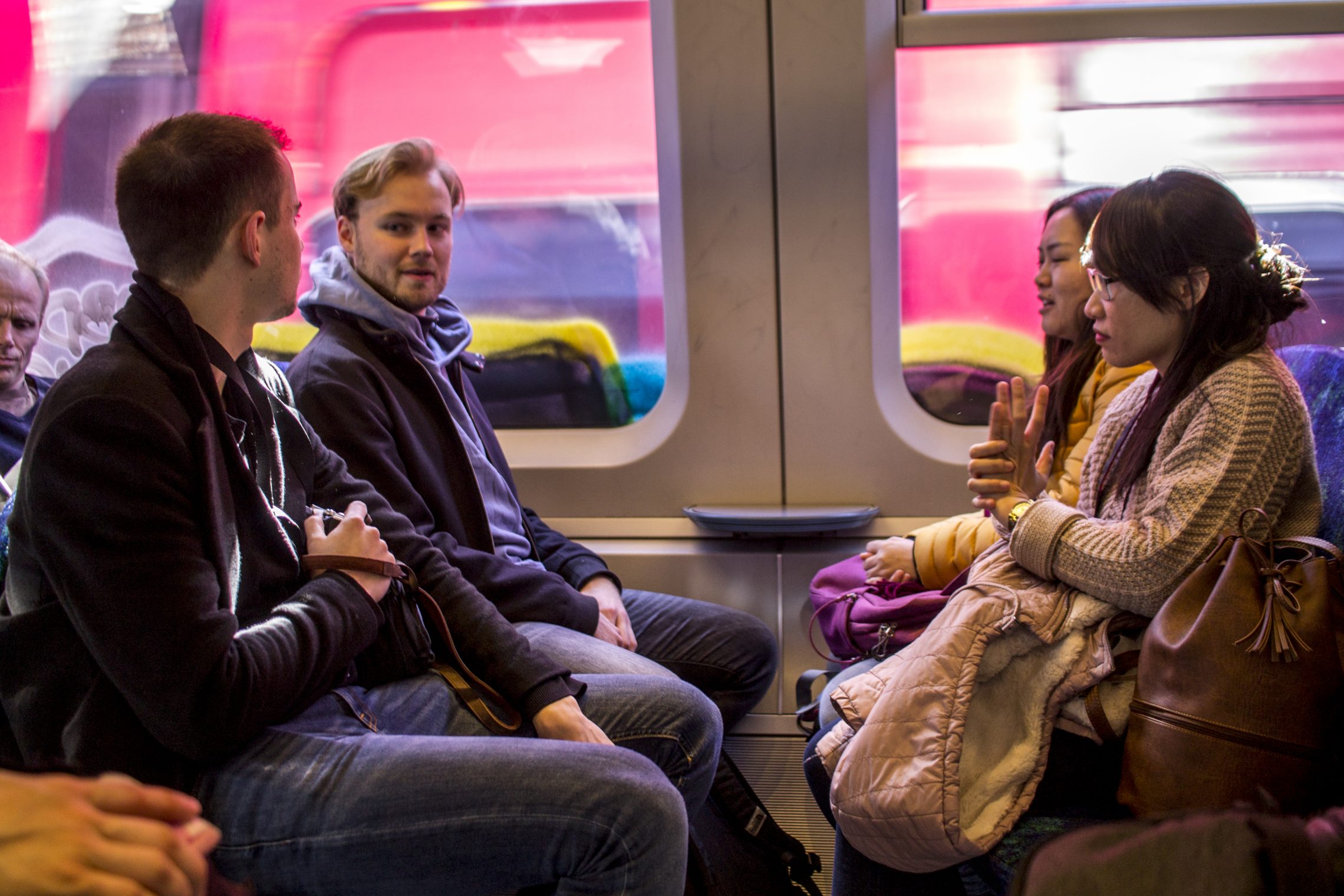

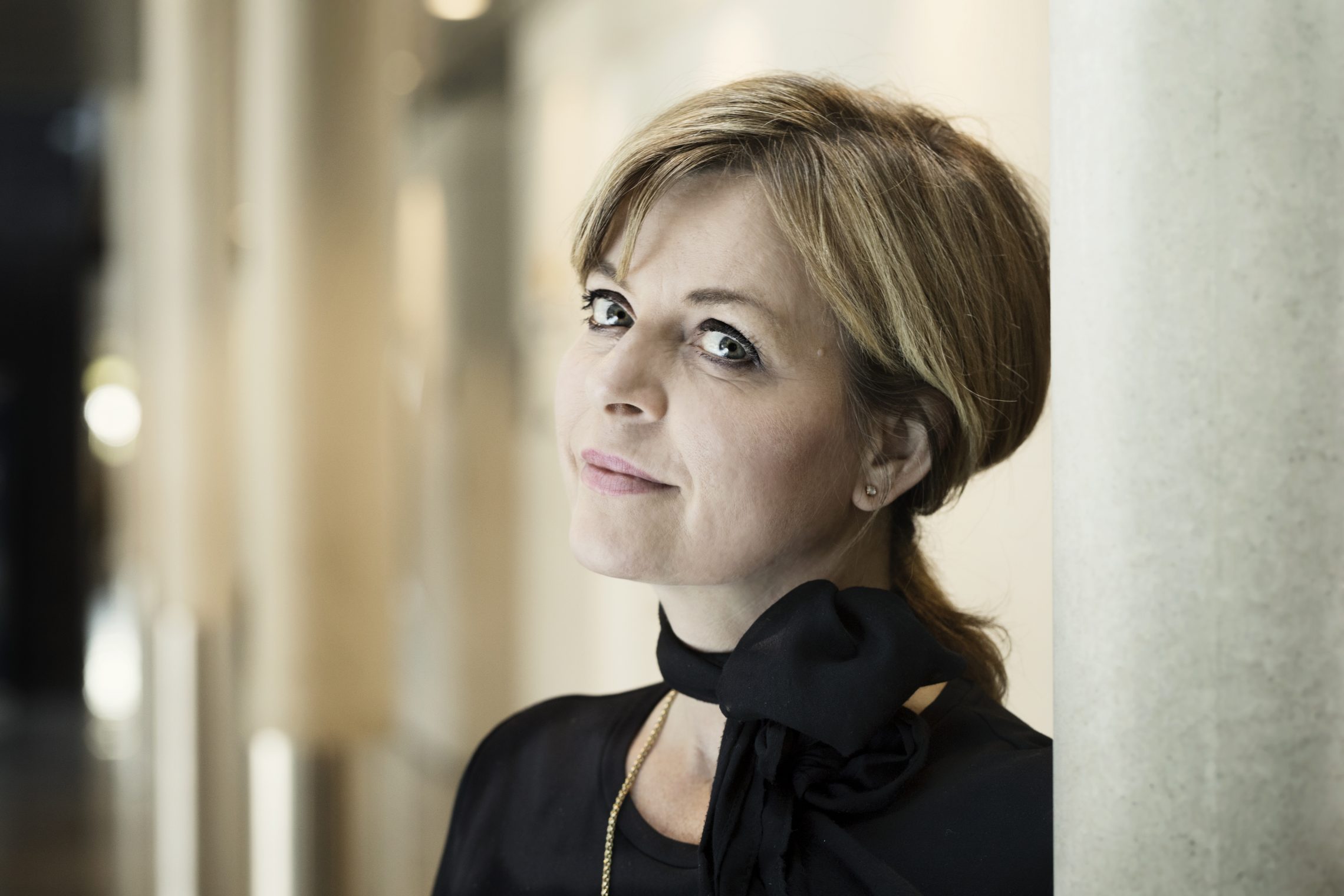
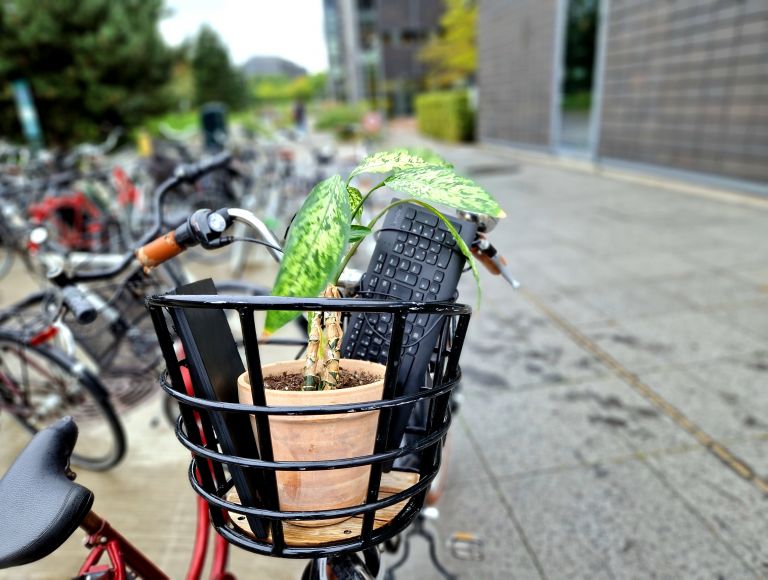
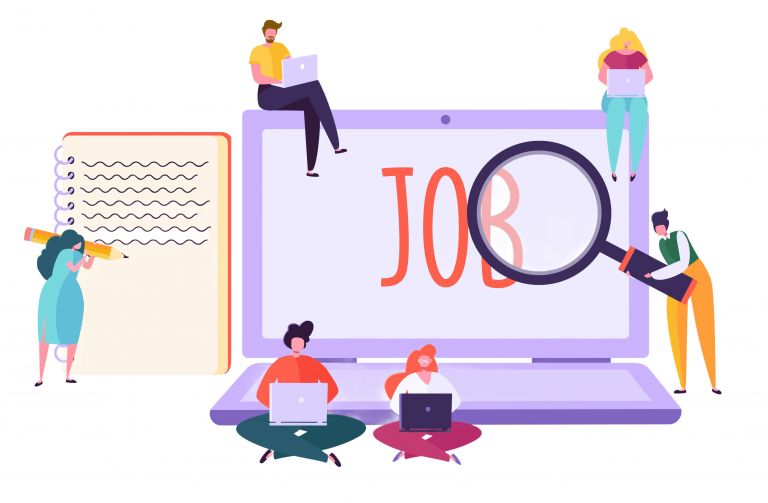
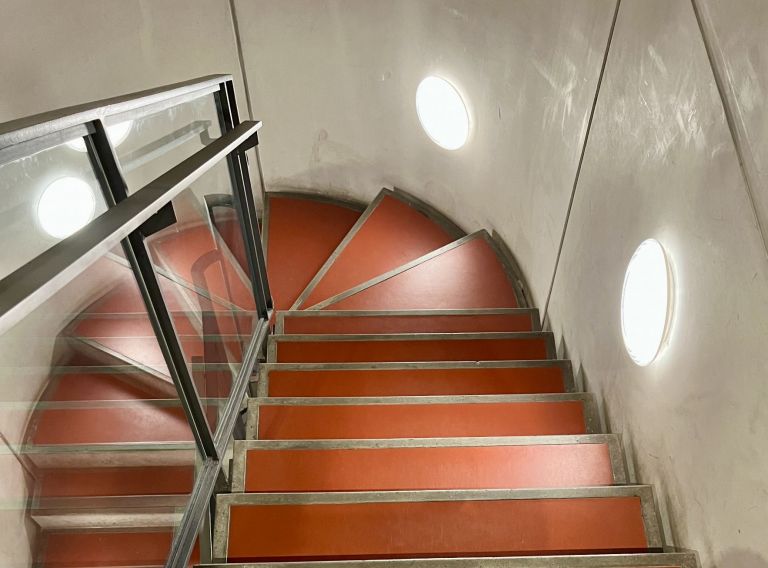

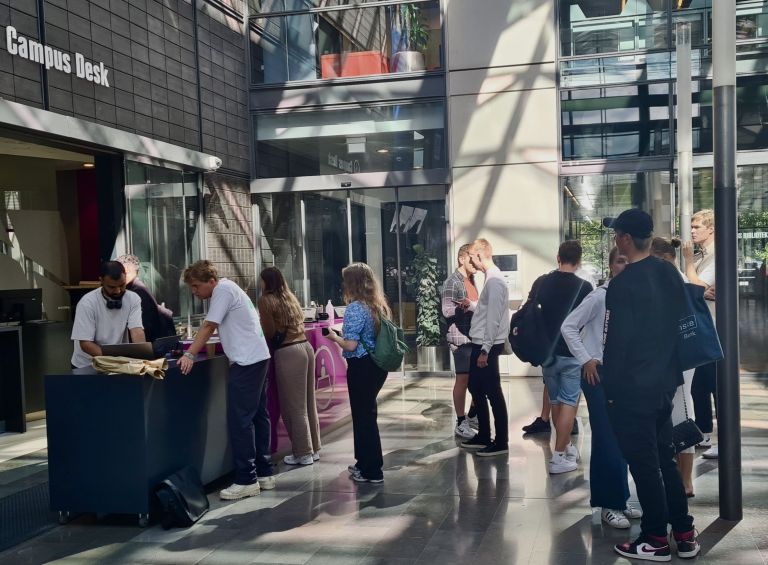

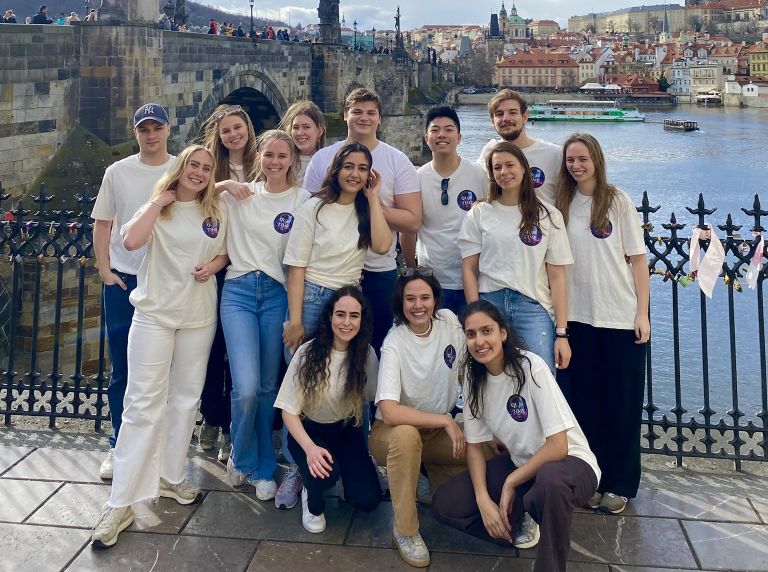
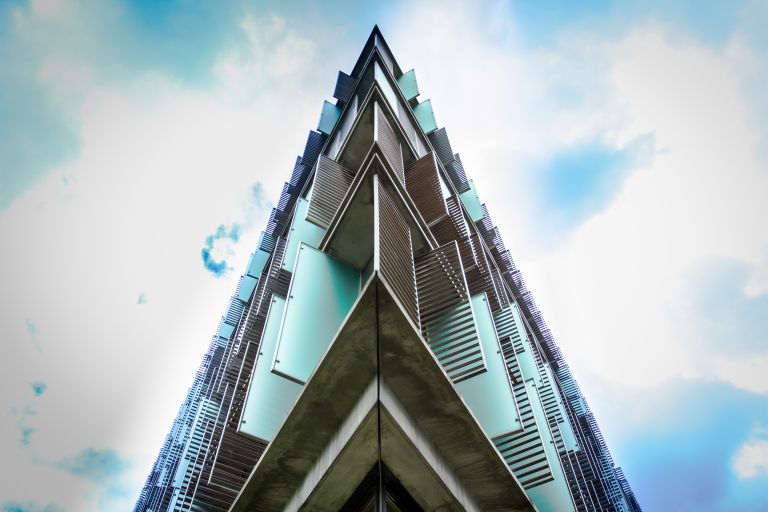

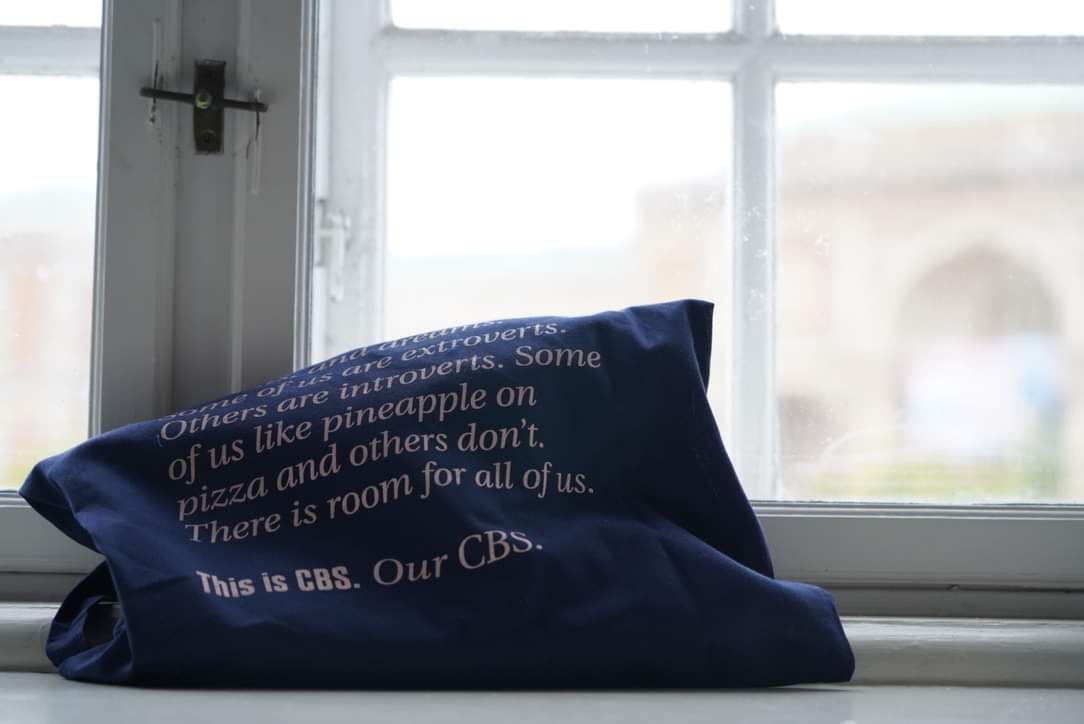


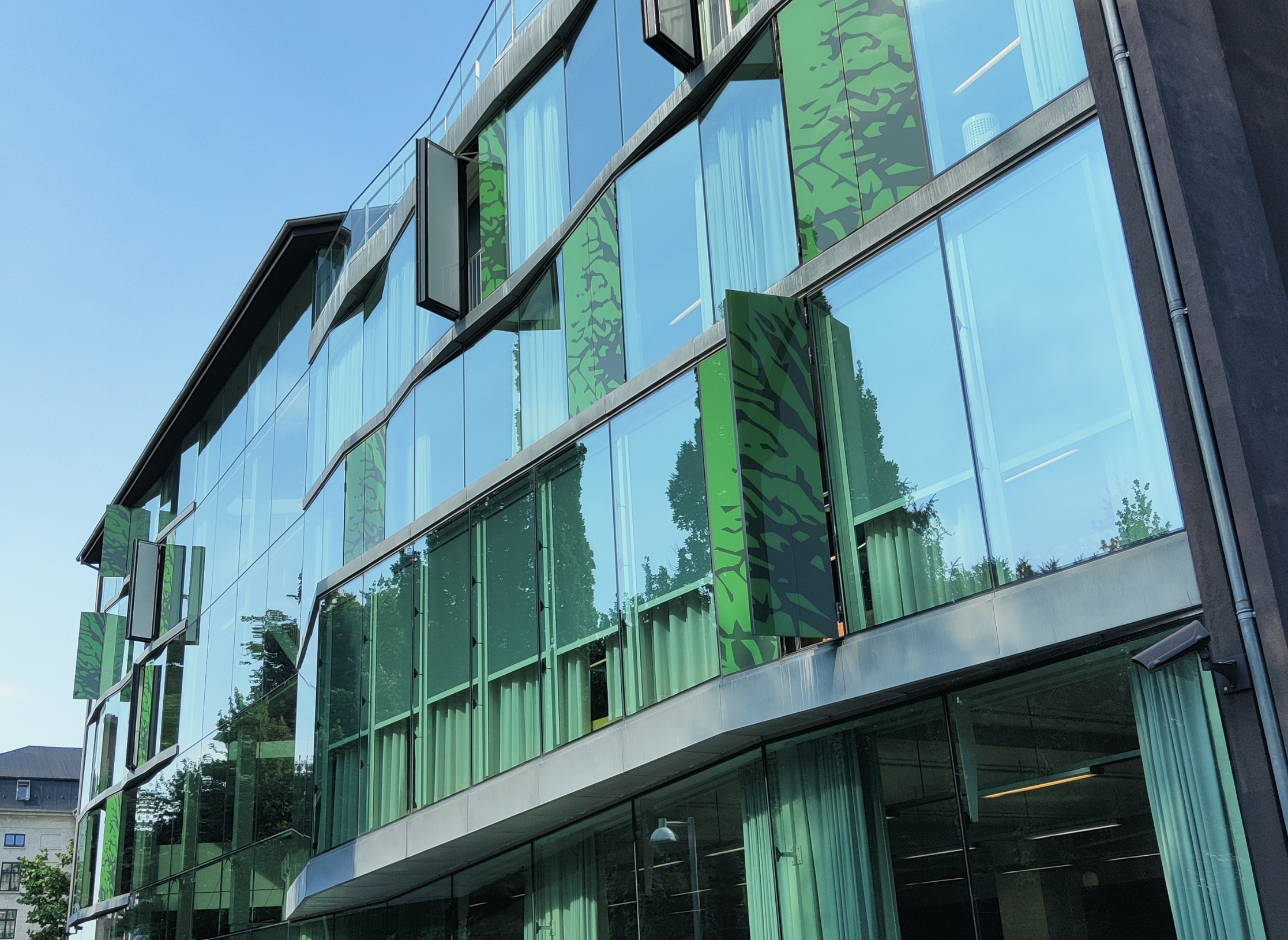









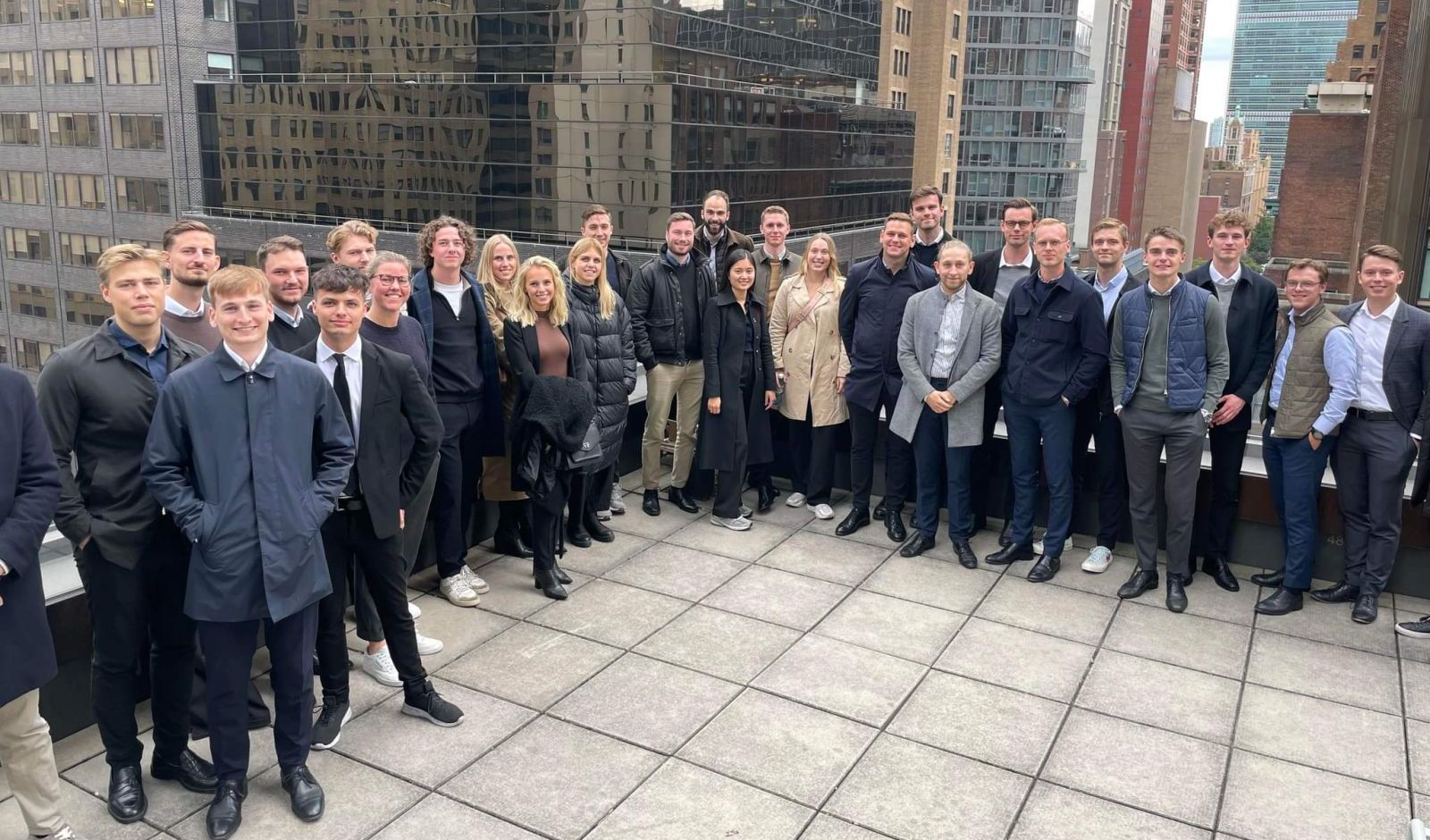











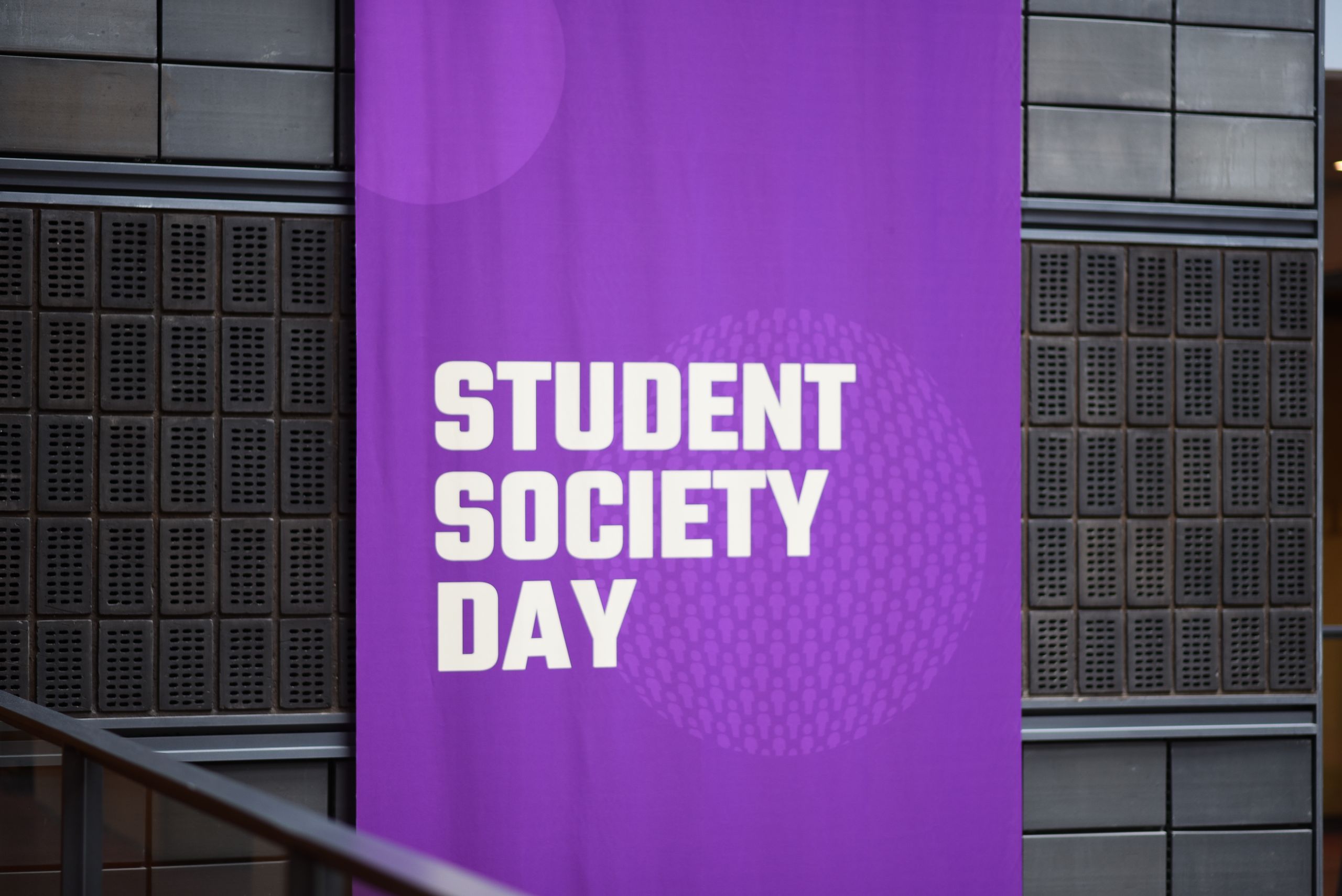



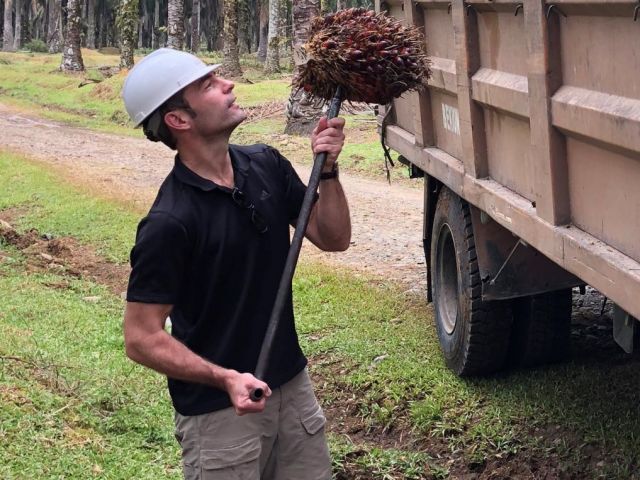







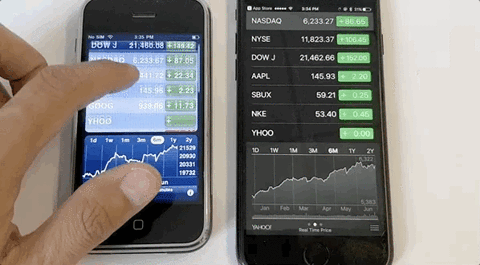

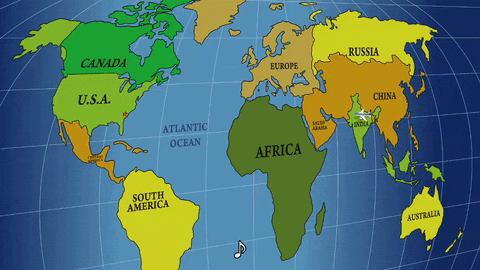

Comments